Dear creative friends,
Welcome to Issue No. 63 of the Studioworks Journal. It's a joy to have you with me as we dive into the inspiring world of European café culture—a historic wellspring of creativity for artists and intellectuals alike.
In this issue, I’ll invite you to explore how the legendary cafés of Paris, Vienna, and beyond have shaped the creative landscape. These were places where ideas flowed as freely as the coffee, where the likes of Hemingway and Toulouse-Lautrec found inspiration and community.
As modern creatives, we too can draw from this rich tradition. Let’s consider how the principles of observation, community, and reflection, so inherent to café culture, can breathe new life into our work.
So grab a cup of something cozy and let’s dive in.
xo,

So you may be wondering, where do I start? To that, I say, wherever feels right to you. Each month we will have a theme, a creative affirmation, a power word, a color palette, sketchbook exercises, art projects, articles, recommended reading, and access to wonderful inspiration and resources. I want you to think of this as a delicious new magazine, you know the ones you occasionally splurge on, with soft, velvety pages, beautiful images, and inspiring content!
Each issue will invite you to explore your creative practice in whichever way works for you. Experience each issue at your own pace. Take what resonates with you and put the rest aside for another time.
Grab a cup of something lovely and dive in.
It’s tempting to imagine real artists being loners locked away in their workspaces, bleeding for their art. Though there is much room for introspection and solo time with one’s craft, history reveals that being part of an artist community can tremendously impact every member. A kind of magic is generated when creatives unite that can have electrifying and long-lasting results.
An excellent example of this kind of potent collective chemistry resides in the café culture of the 19th and early 20th centuries. During this period, cafés sprang up like mushrooms after a rain. In Paris alone, the number of cafés rose exponentially from a few hundred to, by some estimates, tens of thousands. What was going on to create such a surge in popularity, and what impact did this have on artists and society as a whole? Join me in exploring the role of café culture in shaping the world of art and beyond.
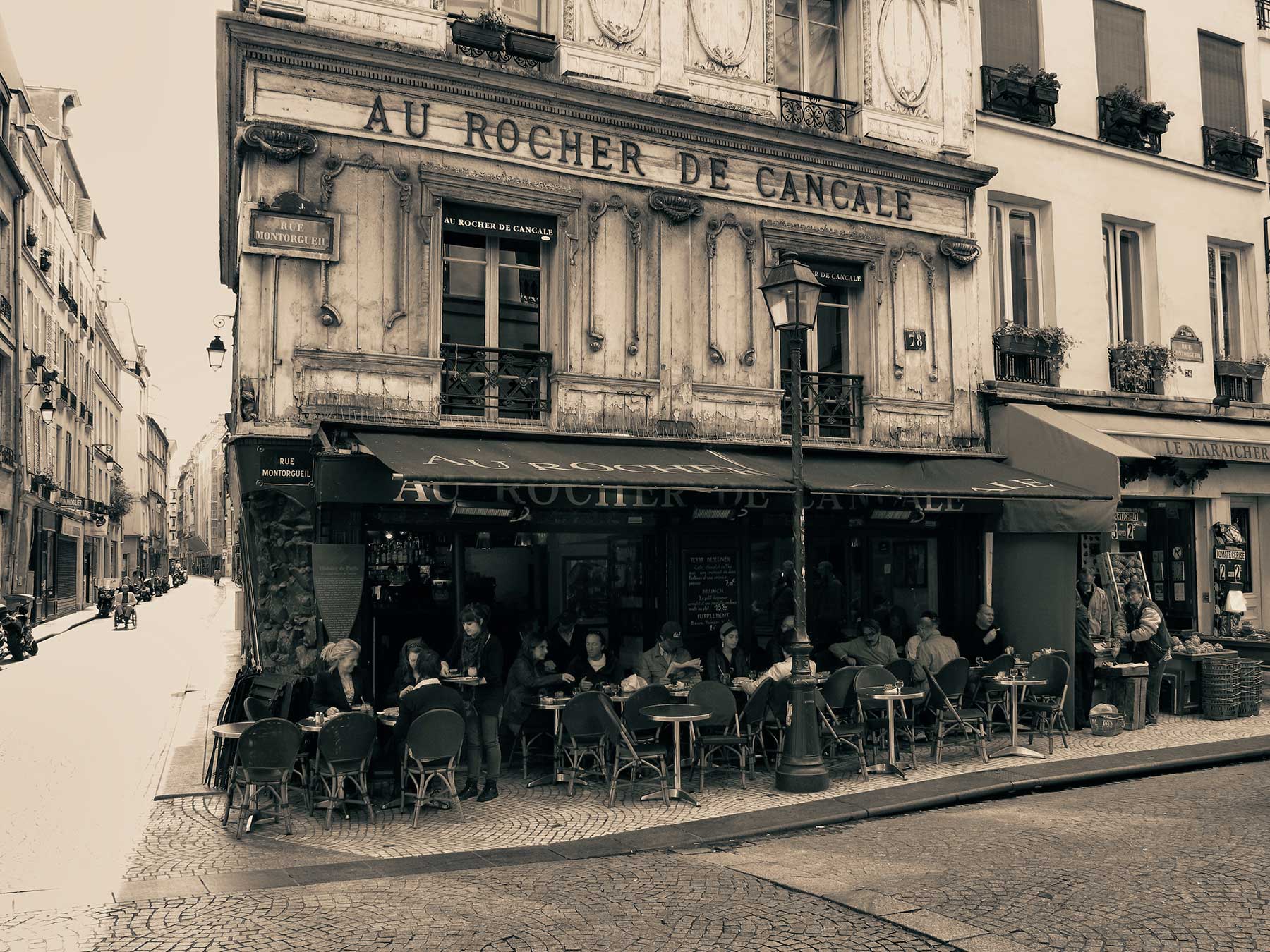
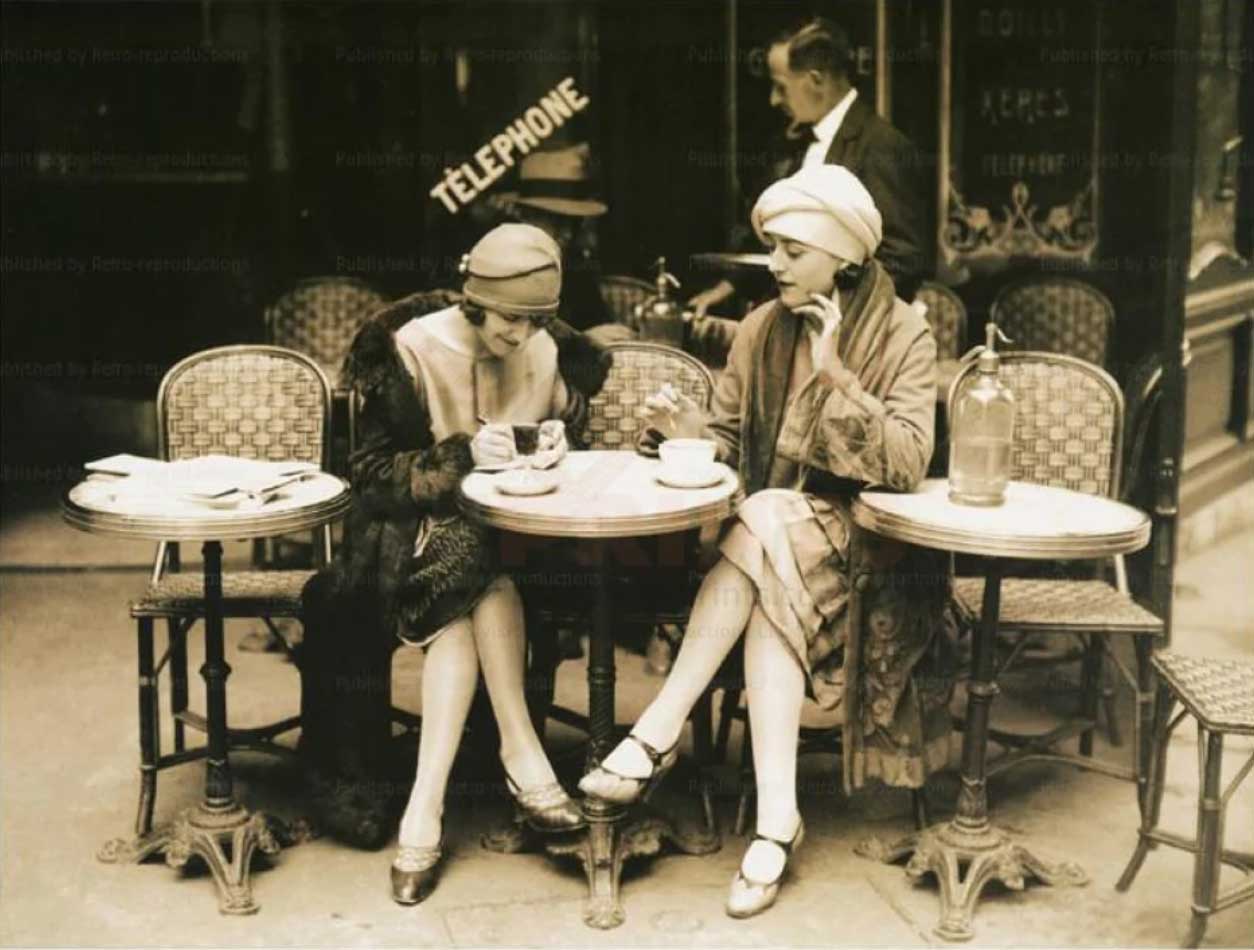
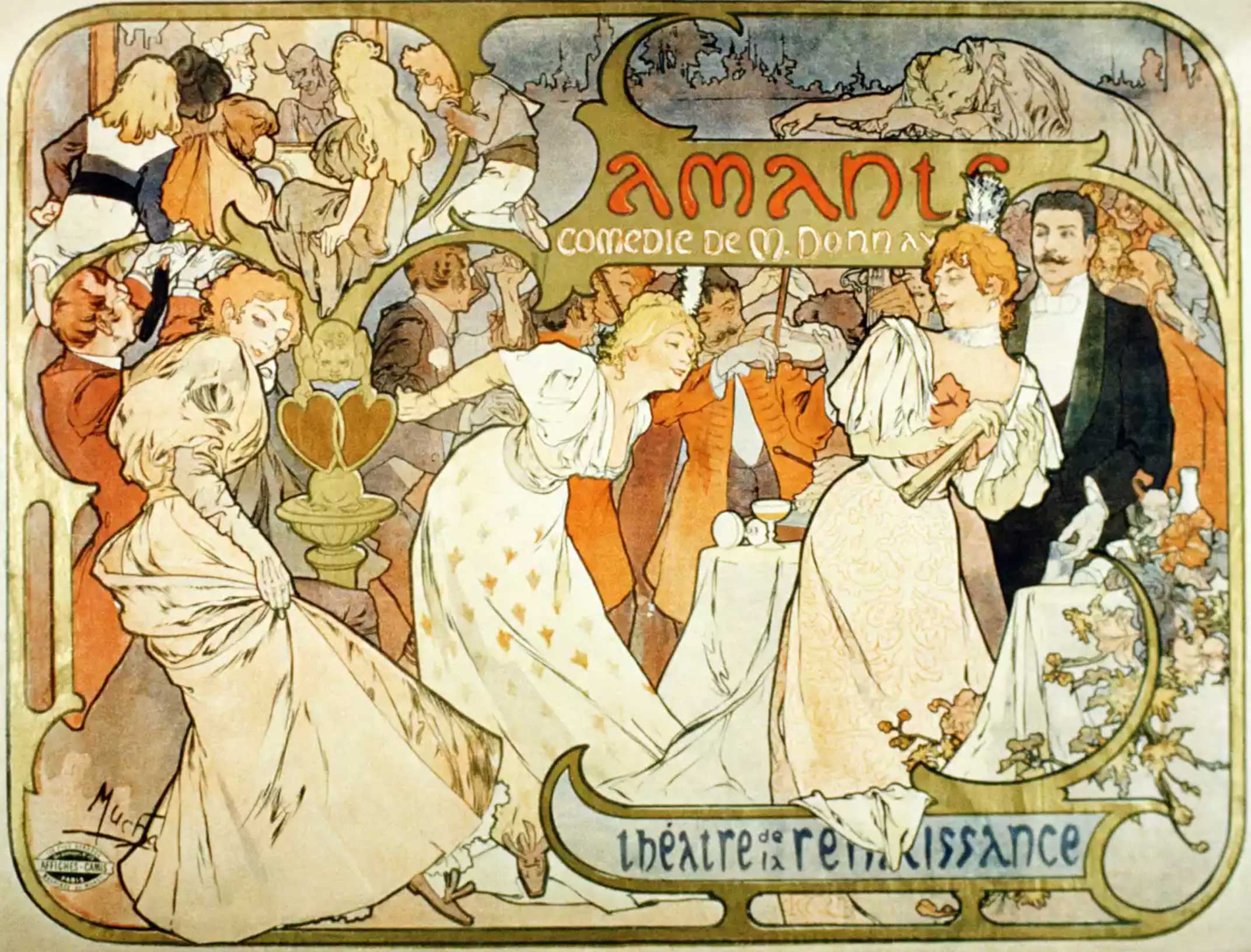
Though coffee first made its way to Europe in the 16th century, and there were many vibrant periods of popularity from its introduction onward, something particularly potent occurred in the era known in France as the Belle Époque. Translating to the “Beautiful Era,” the period from the 1870s to the onset of WWI was a time of relative peace and cultural transformation. At the center of this was café culture.
Overlapping with the Belle Époque and extending further into the 19th century was the emergence of the avante-garde. The spirit of this era was one of innovation and experimentation wrapped up in a sense of rebellion. It was born in the communal space of the café where ideas were shared, hotly debated, energetically refined, and expressed.
Out of this creative frenzy sprang Impressionism, Post-Impressionism, Fauvism, Cubism, Futurism, Dadaism, and Surrealism. To say café culture was influential is a massive understatement.
In some cities, the café reigned supreme in shaping creatives of all stripes. Notably, Paris, Vienna, and a bit later, New York were hotbeds of avante-garde creativity. Since each place served up its own unique flavors, examining them individually is worthwhile.
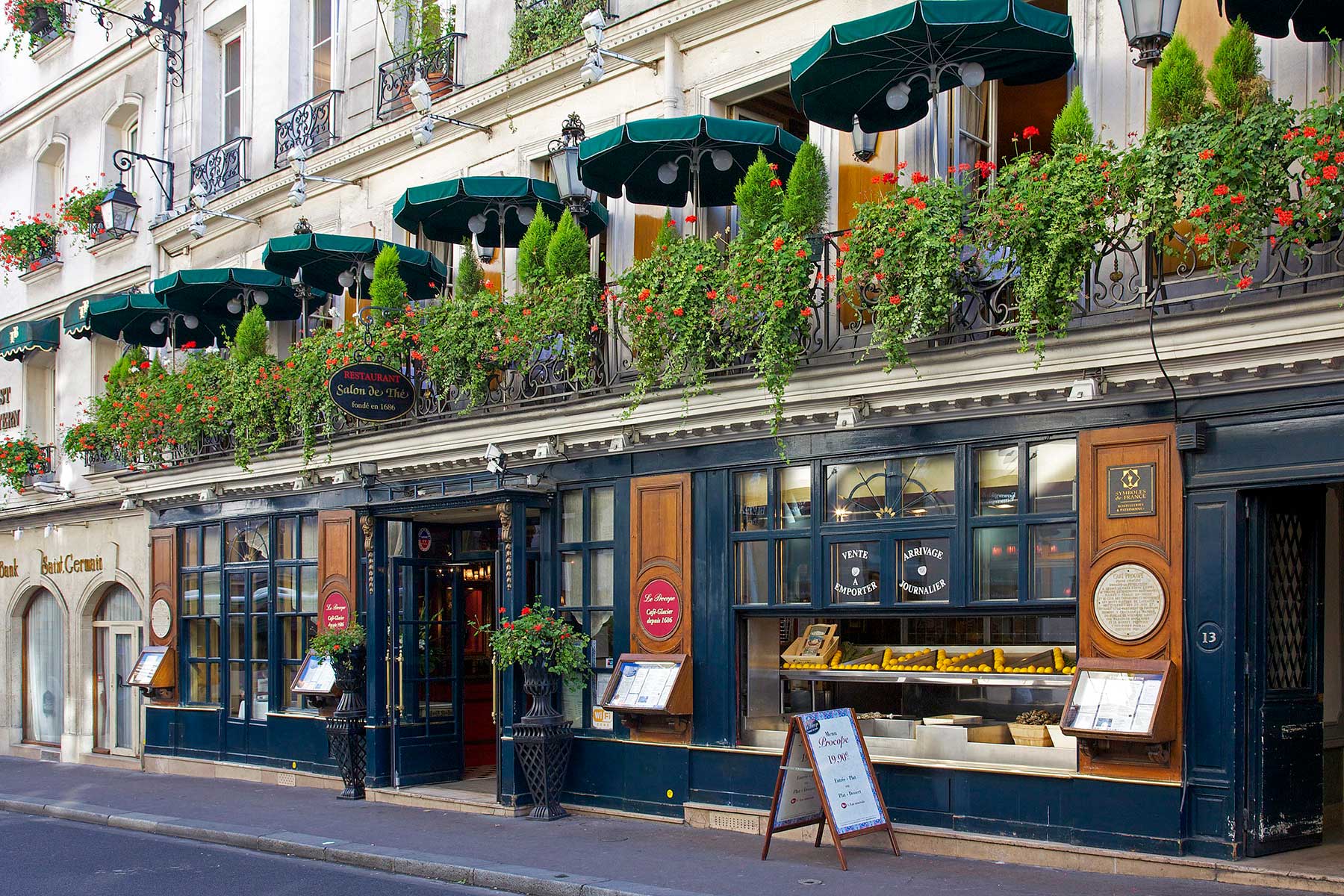
Café Procope, Paris
The invention of pre-mixed paint liberated artists from the confines of masters and their studios. It helped usher them into the world to engage with each other, using the lived moment as inspiration. Gathering together in shared yet neutral spaces increased exposure to new ideas, fostering a sense of camaraderie and encouraging discourse amongst diverse creatives, including artists, philosophers, writers, and architects. The ideas generated were groundbreaking, and so too were the spaces themselves; from normalizing sharing a drink publicly to beginning to include women as acceptable patrons, cafés changed the way society operated not only in Paris but globally.
There are many famed cafés in Paris, but a few of them have long been significant cultural hubs. The grand dame and precursor of all subsequent locales is the longest continuously operated establishment, Café Procope. Its elegant mirrors and marble tables created the quintessential café backdrop for renowned guests from Voltaire to Benjamin Franklin, Napoleon to Victor Hugo.
Two more cafes requiring mention are Les Deux Magots and Café de Flore, located a mere 100 steps from one another in Saint-Germain-des-Prés. The former was the veritable living room of philosophers Simone de Beauvoir and Jean-Paul Sartre. The latter was less known at first, but as tourists overran Les Deux Magots, Beauvoir and Sarte switched locations, and Café de Flore became the favored haunt of the fashionable set.
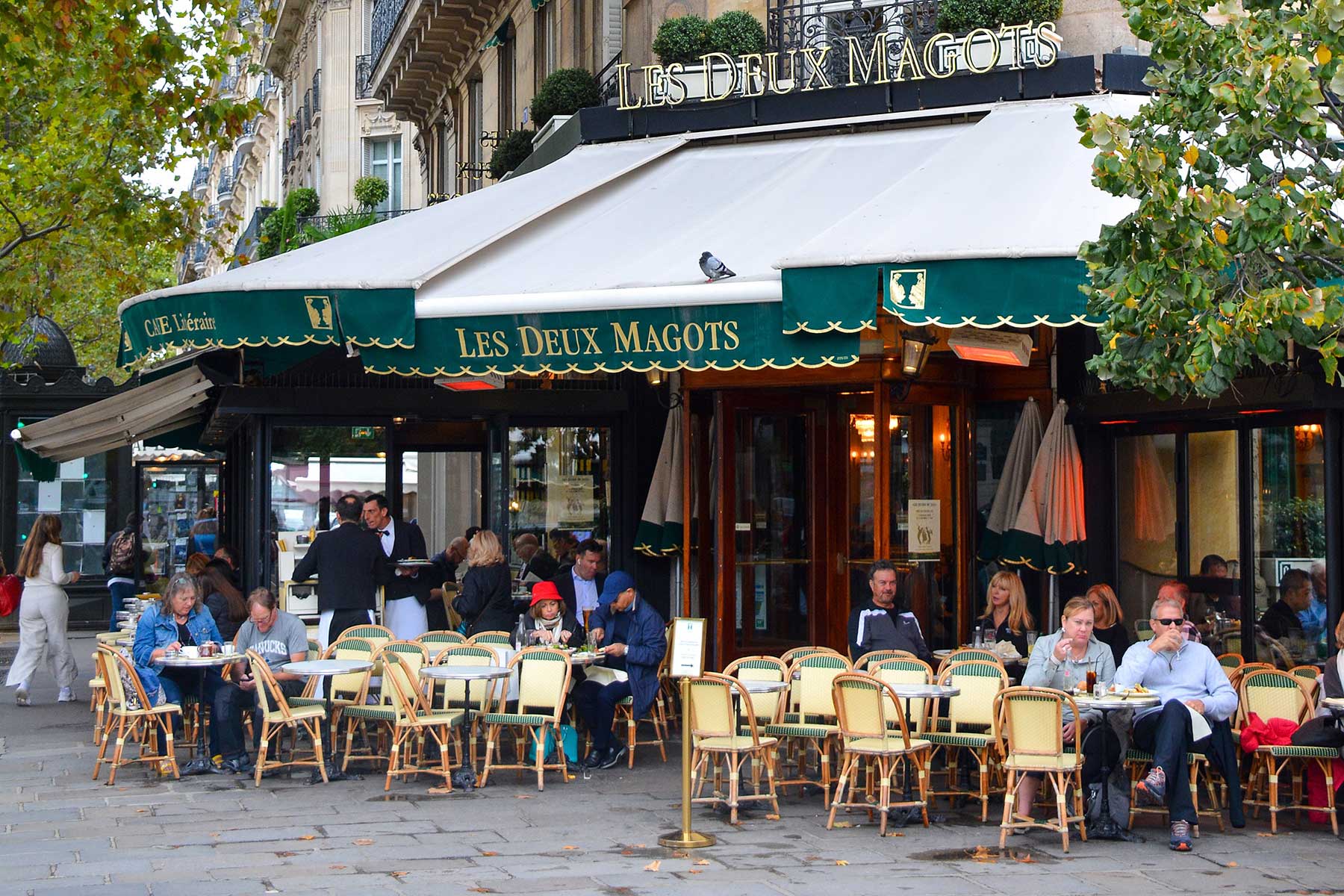
Les Deux Magots, Paris
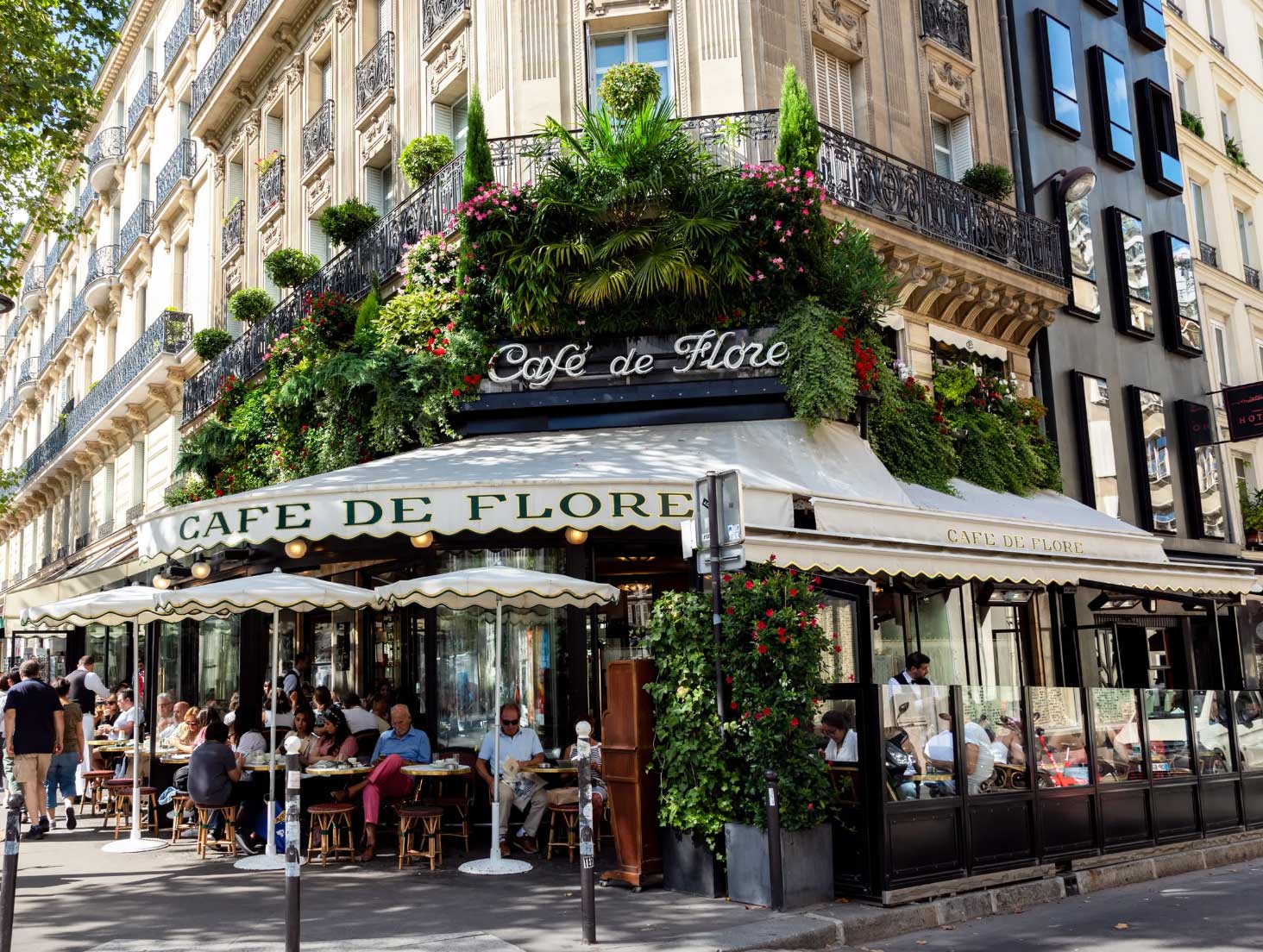
Café de Flore, Paris
No list of café culture would be complete without discussing the bohemian hotspot Montmartre. Among the favorite cafés in this area, Café Guerbois holds a high position. The twice-weekly meeting place of the Impressionists regularly housed greats such as Manet, Fantin-Latour, Whistler, and later Degas, Monet, Picasso, and Renoir. It was here that the first Impressionist exhibit was dreamt into existence, stemming from the use of cafés as a gallery where artists could show and sell their works. Reflecting the central characters of this magic moment is Fantin-Latour's A Studio at Les Batignolles.
Some Impressionists would later generate inspiration in another café, La Nouvelle Athens. It became renowned for lively debates between the bombastic Manet, the cutting Degas, and the contemplative Pissarro. Representative of this era is Manet’s piece, At the Café.
The emergence of Viennese coffee culture is linked with the Turkish siege of the city in the 17th century. Wrapped up with espionage and palace intrigue, the allure of the coffee house may initially have sprung from the combination of novelty and the whiff of danger. Nearly stamped out by Napoleanic embargoes on coffee a century later, cafés survived by adapting, including warm meals and wine in their offerings. In addition, they created the space for big ideas to be unearthed, debated, and distilled.
The Vienna coffee house made its signature the atmosphere. Creating alluring spaces with marble-topped tables, alcoves, and tasteful use of Historicism, these cafés drew you in and generously allowed you to stay. For the price of a coffee, your position was sealed for the length of your visit. This welcoming spirit helps to explain their popularity with artists.
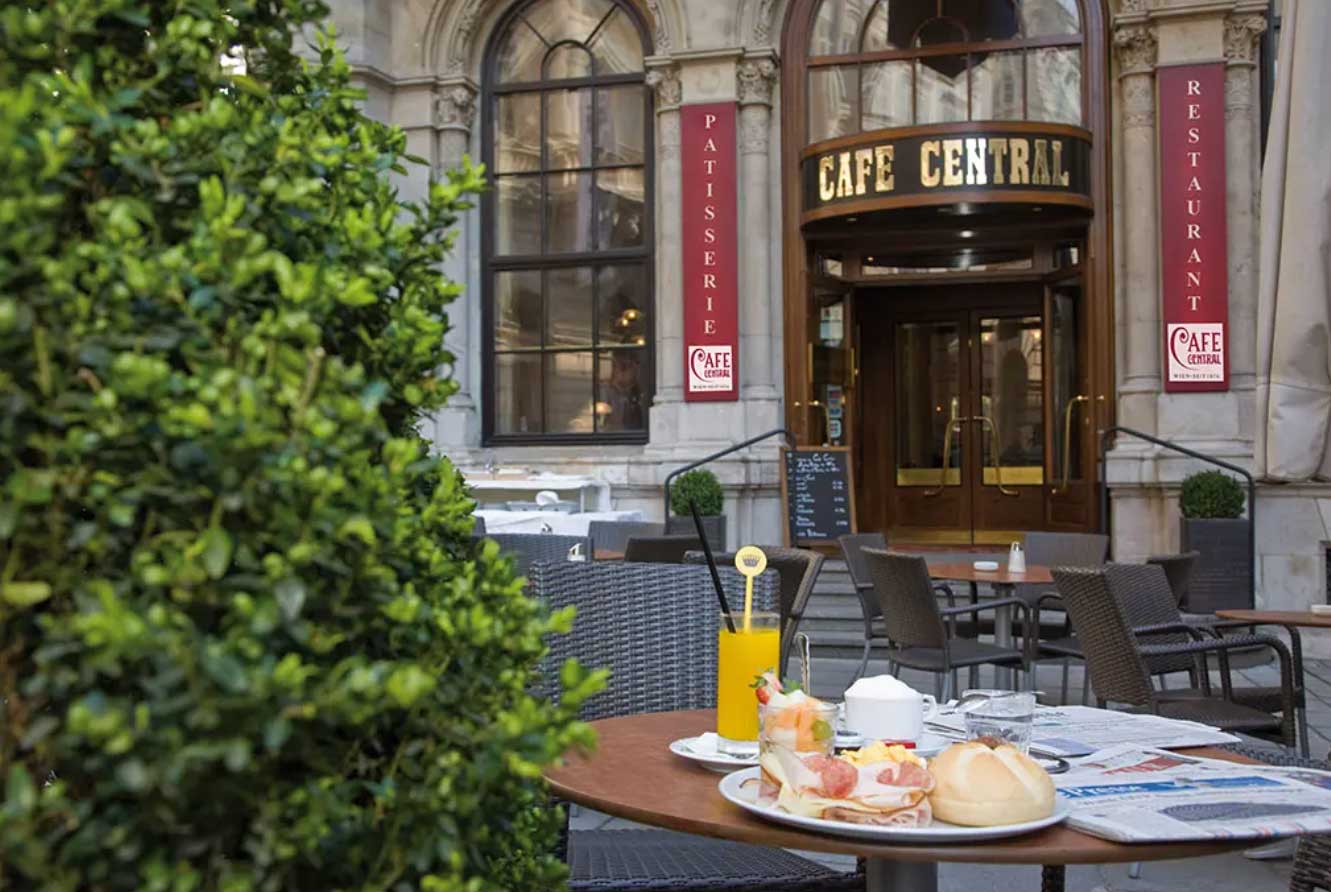
Café Central, Vienna
Among the best-known Vienna cafés are Café Central, Café Sperl, and Café Museum. Café Central was an epicenter of intellectuals, attracting the famous and infamous, from Stalin and Hitler to Adler and Freud. Many central figures of the Modernist Movement also frequented it. Café Sperl drew many intellectual elites, attracting writers, artists, and musicians. It is also famed for hosting the first meeting of the Successionists. For its part, the Café Museum was known to regularly attrac many great artists, such as Klimt and Shiele, and musical wizards like Wagner and Lehár.
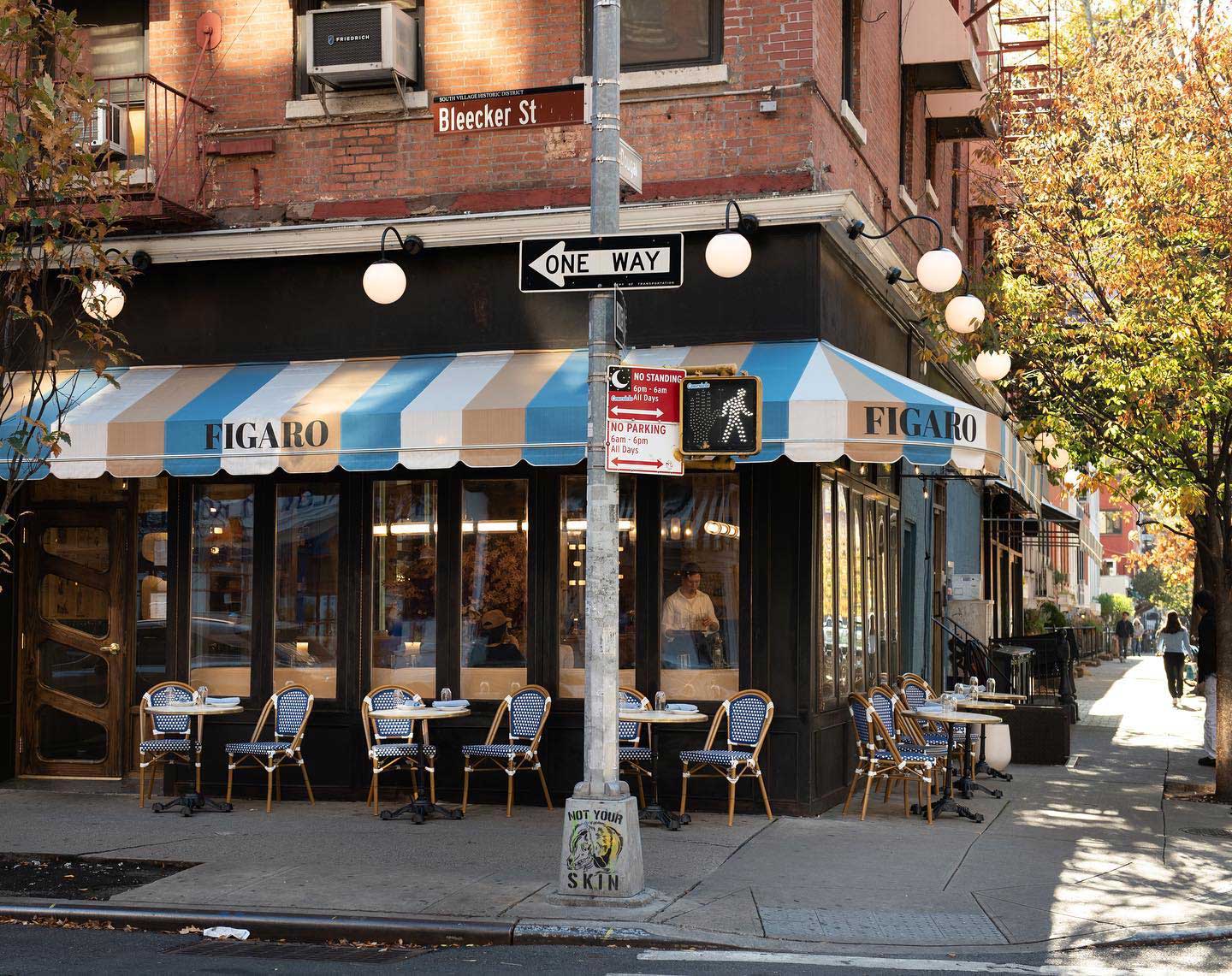
Le Figaro Café, New York
In the early to mid-19th century, Greenwich Village was stirring with an electric energy, a readiness to flout tradition and embrace new ideas. This energy, ever the cornerstone of café culture, created a magnetic center for writers, artists, and musicians. Soon, the Village was a Bohemian enclave central to the Beat Generation and the Abstract Expressionism Movement.
Le Figaro Café and the Cedar Tavern were some of the scenes that housed these vibrant gatherings of innovative souls. The former was a beatnik favorite, even ostensibly hosting jazz poetry nights overseen by Jack Kerouac. The latter was the quintessential starving artist joint where the likes of Jackson Pollack, Franz Kline, Grace Hartigan, Willem and Elaine de Kooning, and many others would scrounge together enough for some coffee, a drink when lucky, and something to eat if particularly flush.
Café culture emerged during a time of dynamic change across the world. The combination of increasing city size, widespread availability of coffee, and the allure of modernity created the impetus. Still, the desire for social engagement, intellectual stimulation, and personal expression was what sustained the movement. These qualities remain compelling to this day, ensuring that artists continue to flock to cafés to explore ideas, generate new tastes and trends, and leave a lasting impression on the world.
When examining historical café culture, it can be easy to be nostalgic for what was and feel that what is can only pale in comparison. Imagining gleaming mirrored rooms with tasteful decor full of brilliant people honing their crafts on each other’s rapier wits can generate a feeling of having royally missed out. However, most of those iconic periods were borne upon the nature of the gatherings themselves. The players involved often weren’t famous when the meetings began. The unique alchemy of vibrant souls is what transmuted base elements into gold.
The point is, to make an impact, it’s necessary to engage. Actively seeking gathering places where creatives are drawn and being willing to put yourself out there could be the very thing needed to launch a movement. It might not change the world, but if it changes you, helping you develop as an artist, it’s well worth the effort
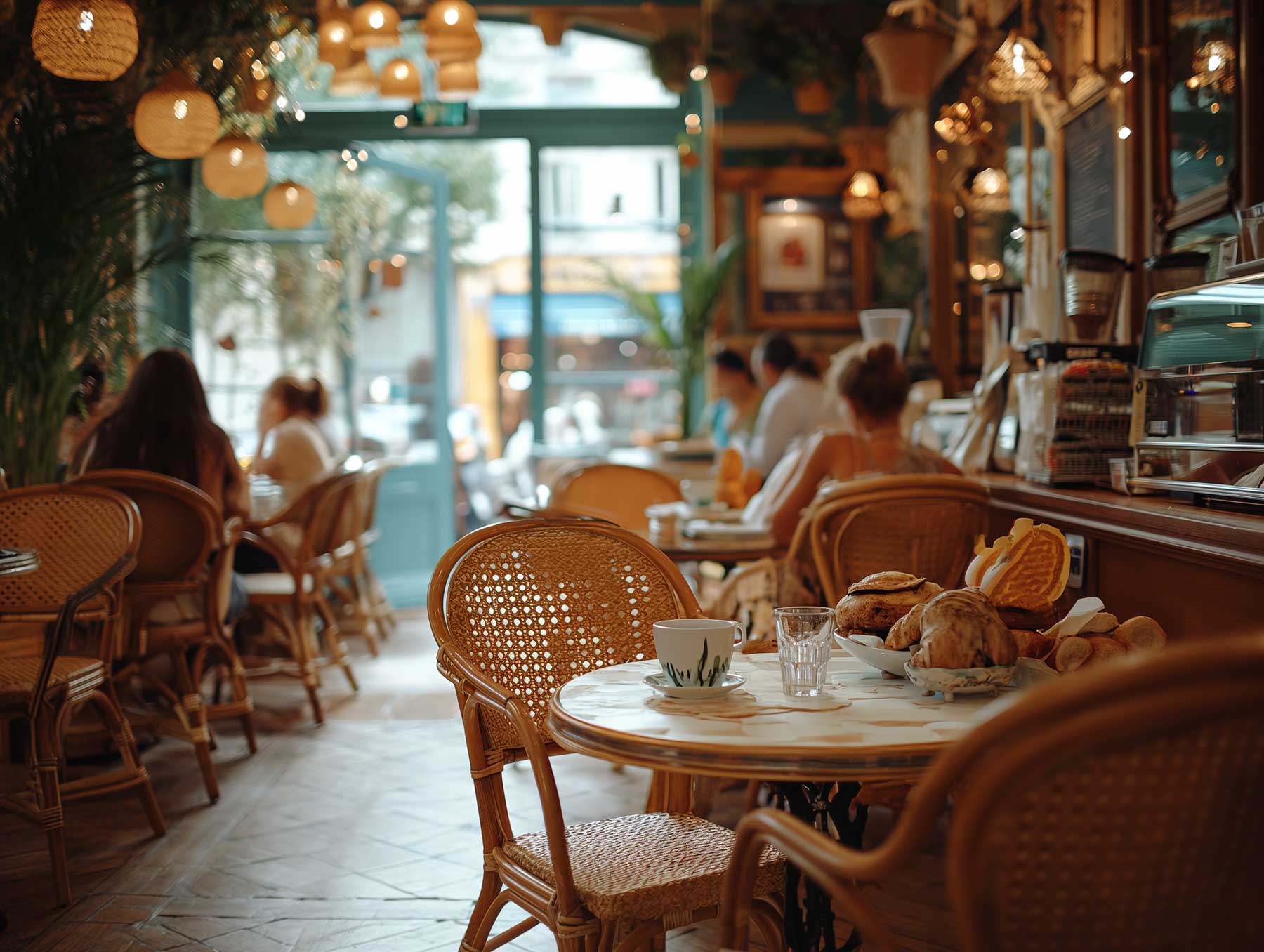
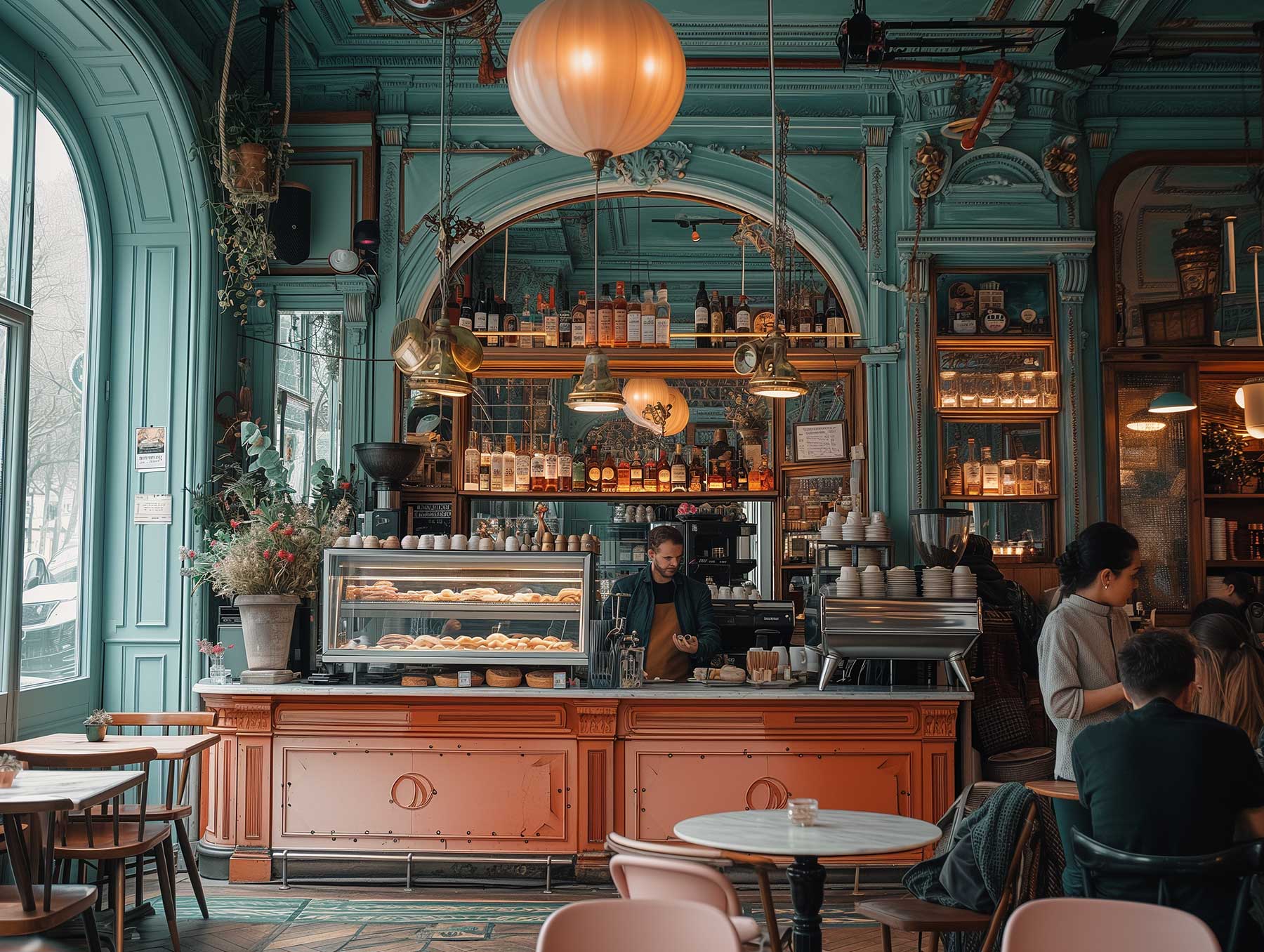
Though much has changed since coffee first took Europe by storm, some enduring drives remain that fit easily into modern society. The allure of a stimulant to encourage convivial gathering, provoke discussion, and sharpen our focus is something that never goes out of style. From business meetings to late-night study sessions to artists and freelancers hitting up the high-speed internet and fuelling their work, cafés offer something for everyone.
In addition, many coffee houses globally are reviving historical values by making their spaces part of the experience. They deliberately reflect a city's ethos, amplifying its qualities or providing respite from them. For example, the coffee houses of Seoul often contrast with the city’s frenetic hustle by creating oases of serenity where the booklined walls and soothing decor are just as crucial as the perfectly brewed beverage.
Another emerging element is an emphasis not only on exquisite brews curated by a barista who is a sommelier of coffee but also on its larger story. It is increasingly important to know where and how coffee is produced, with an eye toward greater transparency, sustainability, and fair labor practices. These combined traits reflect the modern world with our increasing recognition of global concerns and our desire to make better, more informed choices about what we support. In this, there is continuity with historic cafés as hubs of elevated consciousness and social reform.
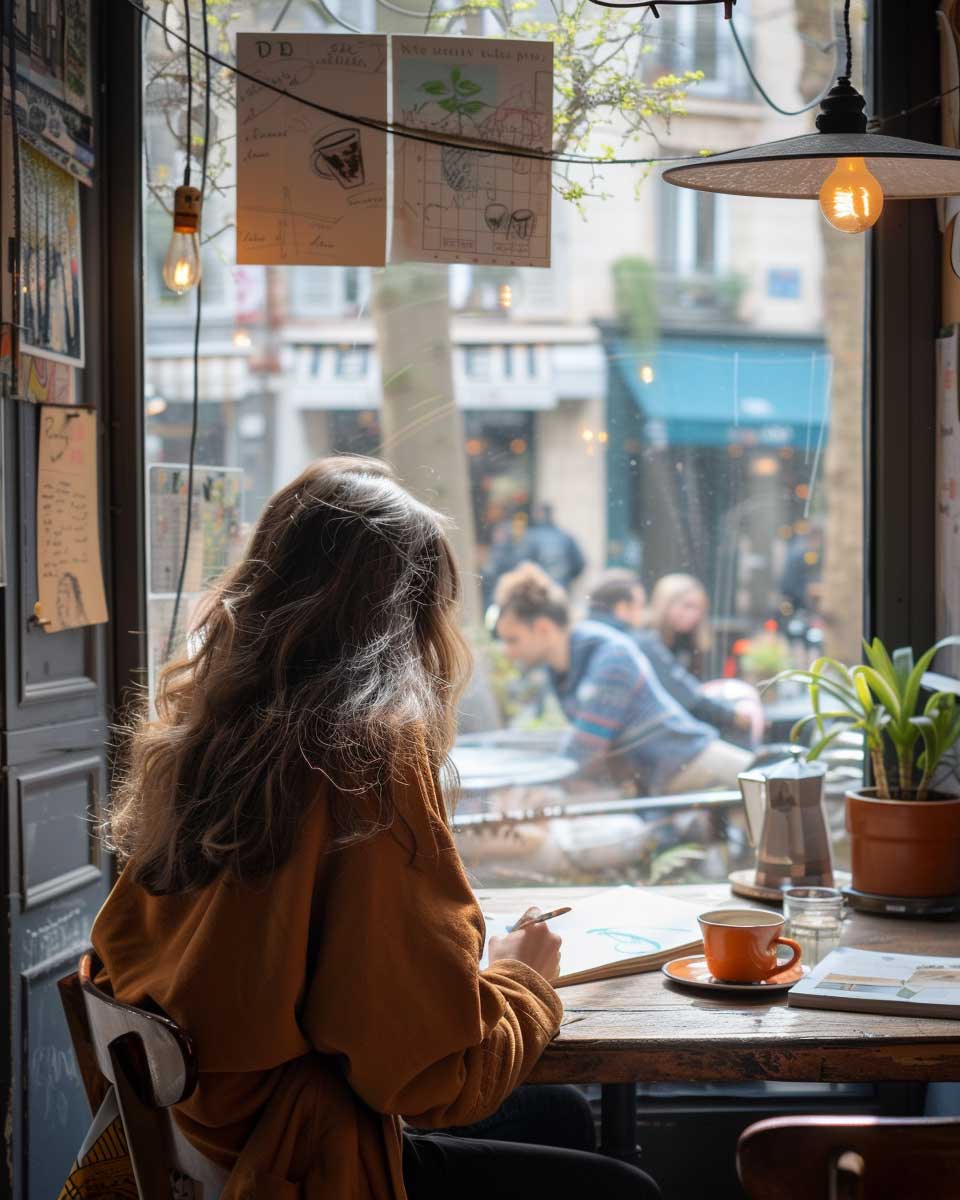
If we want to access the inspiration of historic café society in pursuit of our own art, we must consider its foundational traits. These qualities include curiosity, innovation, experimentation, progressiveness, and a touch of rebellion.
In addition, it’s vital to understand the value of the café as a third space or location outside of family and civic responsibilities that enable people to explore other dynamics of their nature. In other words, a place that isn’t home or work where ideas can flow in a relaxed, welcoming, rejuvenating fashion that inspires social connection.
Furthermore, we can’t ignore the importance of the atmosphere. The café that draws people in urges them to stay, and keeps them coming back for more requires particular elements. Lighting, decor, seating arrangements, clientele, and staff all play pivotal roles.
So, what does all this mean for you, dear artist? To foster the innovation these characteristics historically inspired, you’ll want to tap into the vibes they help to generate. Here’s how.
If you don’t already have a neighborhood haunt you enjoy visiting for people-watching, inspiration, tasty treats, and tantalizing beverages, find one. In our modern era, we can too easily fall out of engaging with others for no purpose other than mutual enjoyment or sharing interests. Experts call loneliness a pandemic, and third spaces are an antidote to that.
So, look around and check out places that hit the sweet spot on atmosphere and the clientele they attract. Look at bulletin boards and see what activities they host. Many cafés continue the tradition of hanging local artwork, having open-mic nights, and sometimes housing group meetings or classes. What places attract you? What people share your passions or inspire you to want to share theirs? Answering these questions will help you to select locations that speak to you and get your creative energies flowing.
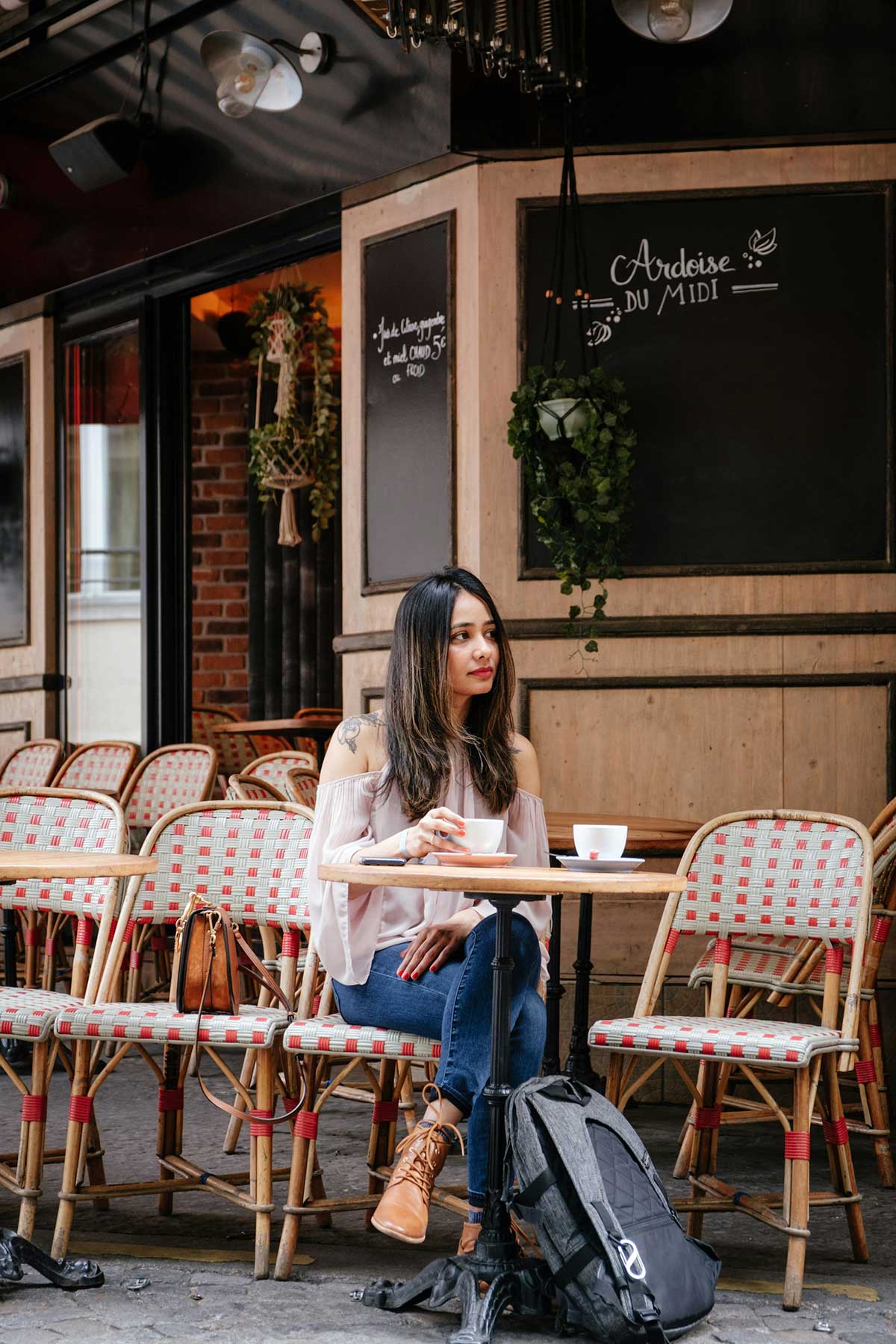
As mentioned, curiosity, innovation, experimentation, progressiveness, and rebellion are foundational to café culture. Exploring these themes in personally meaningful ways will spur your creative process.
For example, you might bring art or writing materials to the café you have selected as your third space. As you observe the scene, what draws your interest, piquing your curiosity? Is it the regular flow of people coming and going, interacting with the staff, and waiting for their orders? Or the snippets of conversation you overhear? Is it the place itself, the sparkle of mirrors, the texture of the furniture, or the way the light changes throughout the day? Follow your attention and try to capture the energy of what appeals to you.
To encourage a little innovation, try media you don’t usually use or mix media. Bring in experimentation by releasing yourself from strictures, allowing yourself to engage as freely and loosely as you’d like. Or if you feel like you normally lack structure, mindfully introduce some.
To play with progressiveness, examine your belief about what constitutes art from both a personal and societal angle and consider how you might like to change, amplify, or defy those norms. After all, rebellion is also an essential aspect of the avant-garde or café culture.
In the meantime, be open to interacting with others.
Foster an attitude of inclusiveness and consider ways to connect. At first, you might just be gathering information, considering who and what you are curious about, but eventually, you’ll want to try to engage. Depending on your temperament, this might mean nothing more than a smile, or it might look like you striking up a conversation about how you noticed that they’re reading your favorite book. The point isn’t what you say; it’s that you’re participating in the communal space.
Café culture will always retain relevance because people invariably want and need to gather together around social lubricants. Humans love attractive spaces, and many enjoy seeing and being seen by others; cafés offer both.
As artists, a central need is to perpetually renew our sense of wonder and our urge to create. Looking to the golden age of cafés and allowing ourselves to feel the romance of those scenes of philosophers, artists, and writers gathered together, changing the world is a deep pool of inspiration to draw from.
Immersing ourselves in the modern equivalent of those spaces or visiting some of the famous ones that endure takes us a step further. By recognizing the value of atmosphere, energy, and community and participating with it personally, we’re bound to brew up some uniquely inspired creations of our own.
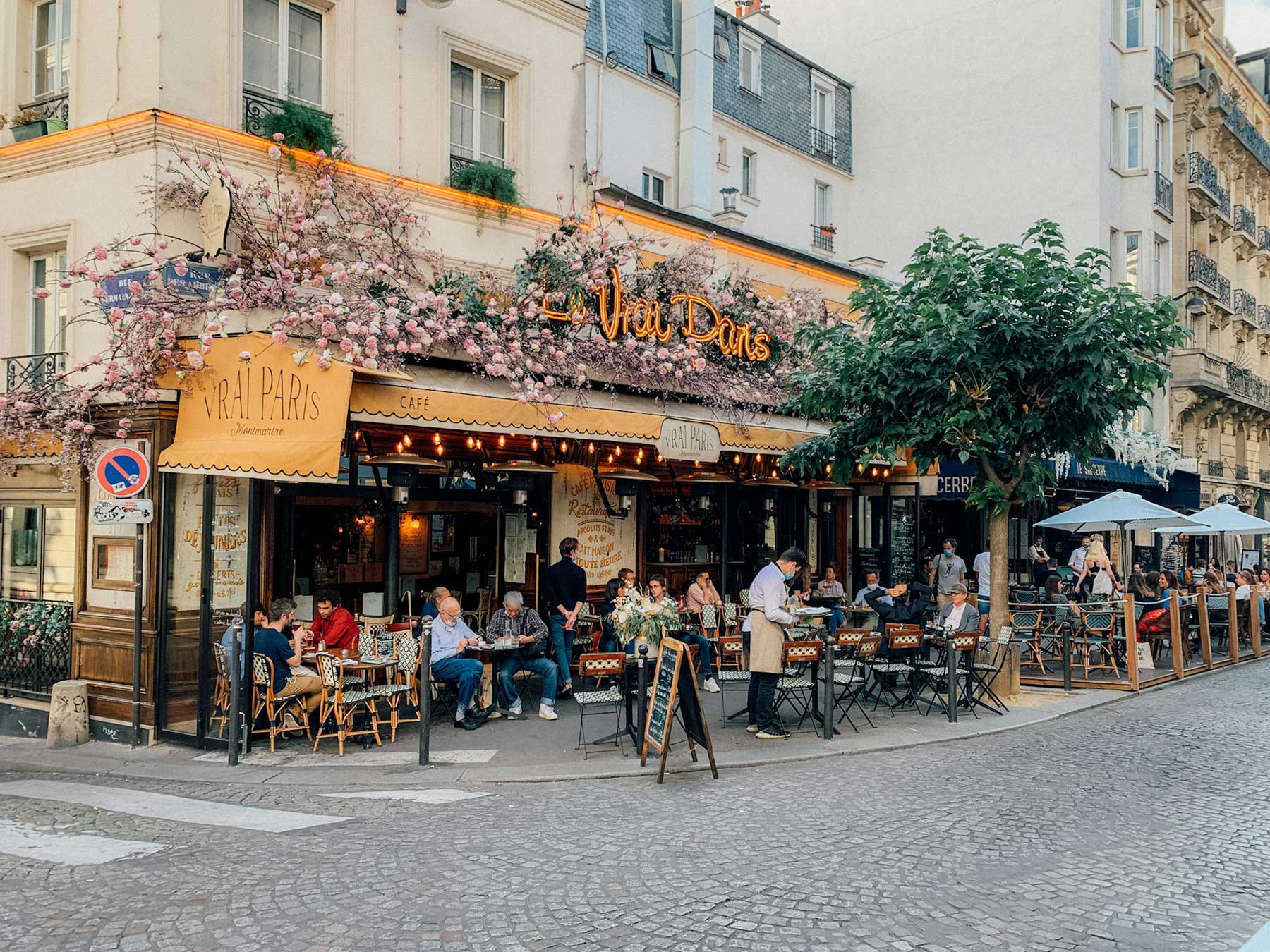
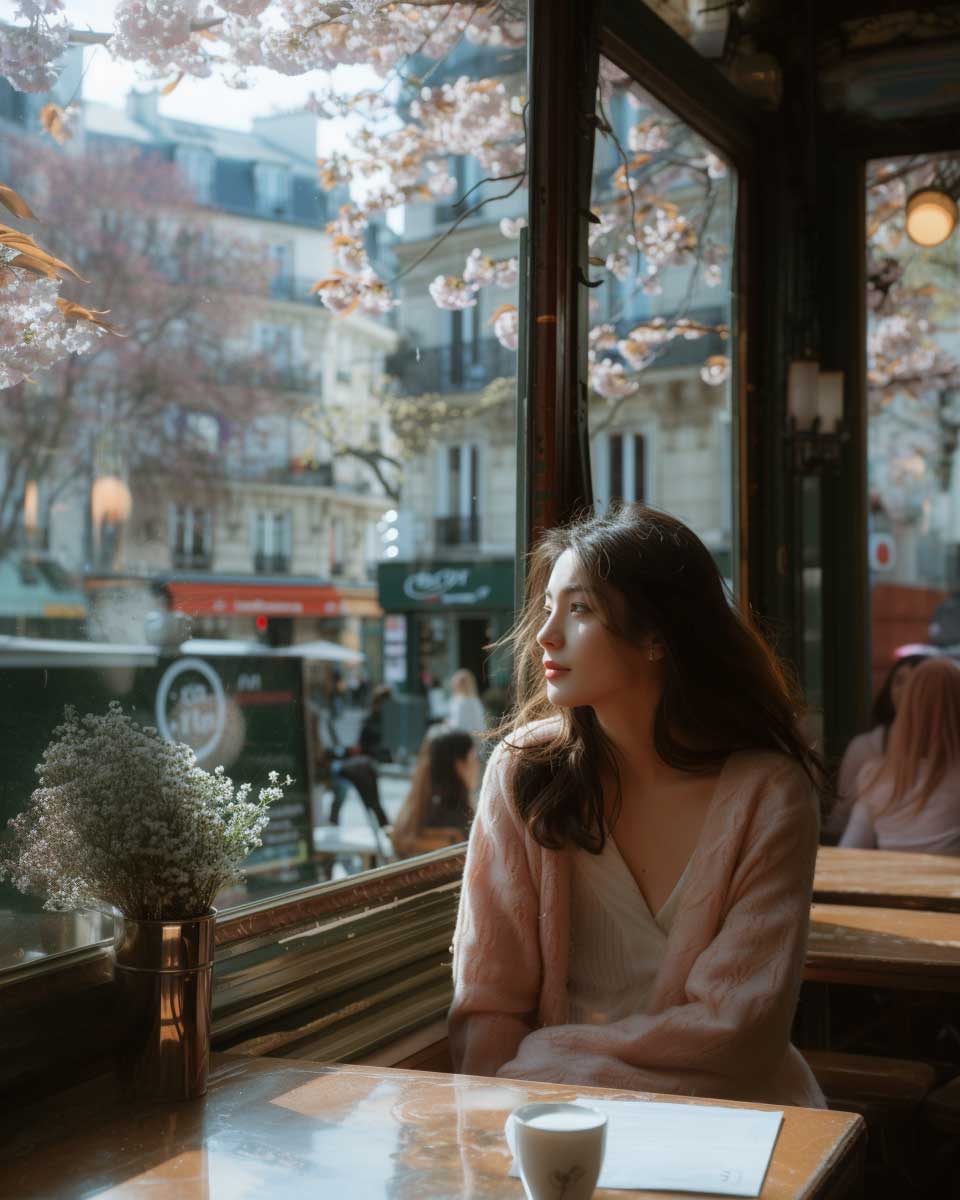
The dictionary definition of "ideation" generally refers to the process of forming ideas or concepts. This involves the mental creation and exploration of ideas, ranging from initial thoughts to more developed concepts. Ideation is a fundamental aspect of creative thinking and problem-solving, making it crucial for artists, writers, designers, and thinkers who are in the constant pursuit of new and original ideas.
So, how does this word relate to us and our theme this month?
• Creative Process: For artists, ideation is an integral part of the creative process. It's the stage where imagination and inspiration converge to form the seed of what will eventually become a piece of art, a novel, a musical composition, or any other creative output. Artists often engage in ideation consciously or subconsciously, drawing upon their experiences, emotions, observations, and the environment around them.
• Inspiration from Environment: Cafés, with their rich history as gathering places for intellectuals and creatives, offer a stimulating environment that can spark ideation. The ambient noise, the diversity of people, and the very atmosphere of a café can provide artists with a plethora of stimuli for new ideas. The act of sitting in a café, observing the flurry of life around, can trigger thoughts and concepts that might not have surfaced in a more isolated setting.
• Social Interaction and Collaboration: Cafés also serve as venues for discussion and collaboration, where artists can share their thoughts and receive feedback. This exchange can refine initial ideas or lead to entirely new ones, demonstrating how social interaction in these spaces contributes to the ideation process. Even overhearing conversations or witnessing brief moments between strangers can become the catalyst for a new project or piece.
• A Tradition of Innovation: Historically, café culture has been associated with innovation and the exchange of revolutionary ideas. Many artistic movements and philosophies have roots in the discussions that took place in cafés, where artists and thinkers would meet to debate and explore new concepts. This tradition underscores the role of cafés not just as places for relaxation or leisure, but as crucibles of ideation and creativity.
• Mental Space for Reflection: Beyond the immediate social and environmental stimuli, cafés offer artists a mental space for reflection. This reflective practice is a critical part of ideation, where artists can ponder over their observations, feelings, and thoughts, weaving them into the fabric of their creative endeavors.
To sum this up, ideation as the generation and development of ideas, is deeply intertwined with the essence of being an artist and the culture surrounding cafés. These spaces provide a unique blend of inspiration, social interaction, and reflective solitude that can significantly enhance the ideation process, making them cherished venues for creative minds throughout history and into the present day.
This month, I invite you to join me in this challenge to spark your creativity: venture out to a cherished café or discover a new coffee shop, bistro, or similar haven in your community. Find a cozy spot, open up your art journal or sketchbook, and prepare to dive into the following writing prompts. This adventure isn't just about reflection; it's about immersing yourself in an atmosphere that has inspired countless artists before you. Let the unique ambiance fuel your creativity as you explore these journaling prompts.
The Life Around You: Choose a person or a group of people in the café who catches your eye. Imagine their backstory, their dreams, their challenges, or what their day might have been like. How does inventing stories about the strangers around you influence your perception of character development in your art? Reflect on how this practice of observation and imagination can deepen the narratives in your work.
Sensory Exploration: Focus on the sensory experiences that the café offers – the aroma of coffee, the texture of the wooden table, the sounds of chatter and laughter, the taste of your drink. How do these sensations make you feel? Write about how you can translate these sensory experiences into your art. Consider the emotions they evoke and how you might convey these feelings through your chosen medium.
The Role of Space in Creativity: Reflect on how the physical space of the café influences your creative process. What is it about this setting that stimulates your creativity? Is it the presence of other people, the change of environment from your usual workspace, or perhaps the historical connotation of cafés as havens for artists? Write about how different environments, like the café, play a role in your ideation process and how you can recreate elements of this conducive atmosphere in your regular creative space.
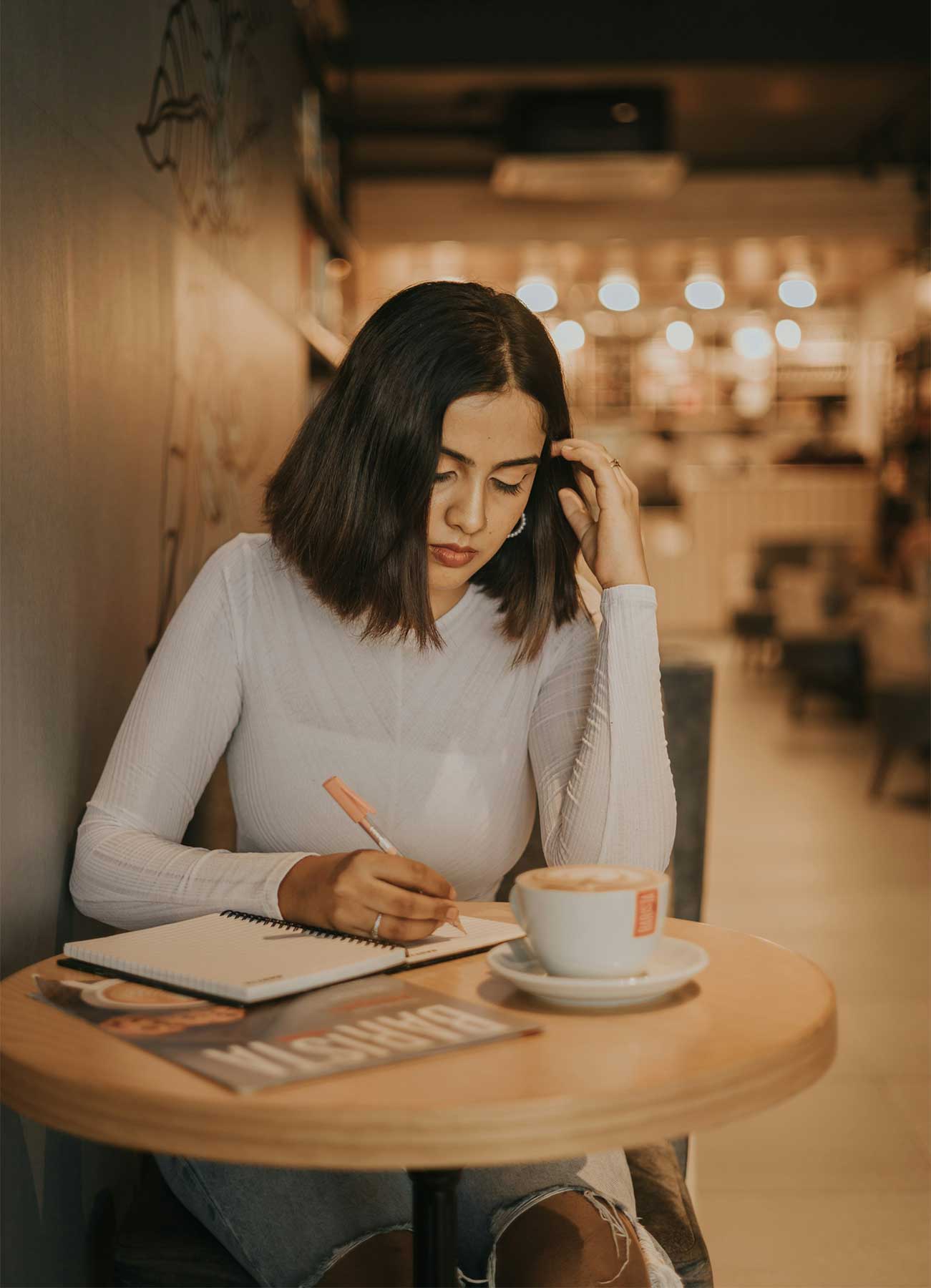
I am sharing this beautiful meditation from one of my favorite meditation masters - Rachel Hillary. This journey will help you connect to the power of your own soul rivaled only by the power of nature.
Rachel will share a little about this experience -
This meditation is intended to tap into the energy of the new moon symbolically or literally, which means it can be used at any time of the month. As we are just working with energy :) The energy of the new moon reminds me of the brink of dawn, when the light is just coming in, and so that is where this meditation takes place in our visualisation.
You may wish to write any intentions you have down beforehand, or afterwards, or not at all. This is a very free meditation, which will hopefully soothe you, refresh you, and give you a new spark of energy and spiritual insight.
lots of love,
Rachel
Each month we will have a positive affirmation. I recommend you print out this affirmation and put it in your sketchbook or somewhere in your studio. Recite the affirmation out loud each time you show up to create. Saying words aloud is powerful and can begin to re-write some of our own limiting beliefs or calm our fears. Try it now…
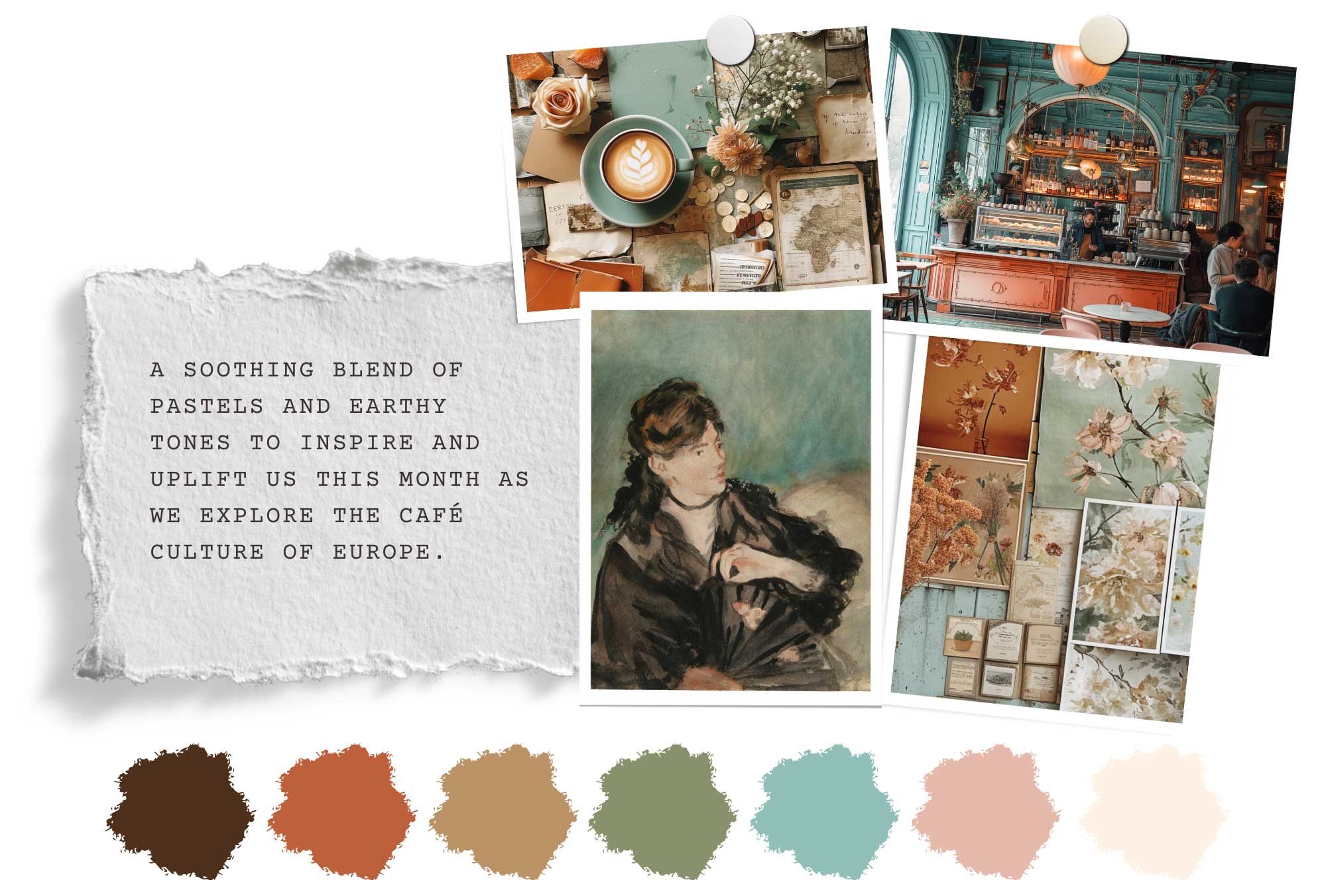
The chosen colors for our café culture theme palette are deeply infused with symbolism and artistic meaning, perfectly capturing the essence of café spaces as venues of warmth, creativity, and refreshment. Each color echoes the sensory experiences and emotional nuances of café life, offering a rich source of inspiration for fresh ideas and artistic exploration.
Caramel Gold: This hue reflects the inviting glow of a café interior, the allure of freshly baked pastries, and the golden hours spent in creative thought or deep discussion. It encourages artists to explore themes of comfort, indulgence, and the preciousness of shared moments.
Espresso Brown: Reminiscent of the essential coffee that energizes the mind and sparks dialogue, this color encourages exploration of themes related to the stimulant nature of coffee—both as a beverage and as a catalyst for creativity and community.
Terracotta Orange: This earthy hue captures the essence of terracotta's warmth and the welcoming glow of a café. It symbolizes the raw beginnings of creativity, like clay ready to be shaped. For artists, it's an invitation to embrace simplicity and authenticity, drawing inspiration from the tactile and the genuine.
Sage Green: This color mirrors the presence of nature and tranquility within the bustling urban café scene, suggesting a space where one can find peace and inspiration amidst the chaos of city life. It invites artists to seek balance and harmony in their work, inspired by the calm interludes café environments can provide.
Soft Turquoise: Soft turquoise encourages exploration of clarity and communication, akin to the peaceful yet invigorating atmosphere of a café. It invites artists and patrons alike into a space of reflection and connection, making it a perfect choice for creative expression and café environments that aim to foster a sense of tranquility and inspiration.
Pale Pink: This color reflects the warmth and welcoming nature of cafés as spaces of comfort and casual elegance. It suggests an environment that supports gentle reflection and the blossoming of new ideas, inviting artists to delve into themes of love, care, and the beauty in everyday moments.
Cream: Evocative of the frothy top of a latte or the clean, minimalist design of modern cafés, Cream symbolizes a fresh start and a clear mind. It encourages artists to approach their work with a sense of openness and possibility, inspired by the simplicity and purity of the café atmosphere.
Together, these colors weave a narrative of café culture that is rich in sensory experiences, emotional depth, and artistic potential. They offer a palette from which artists can draw inspiration, capturing the essence of café spaces as crucibles of creativity, conversation, and community.
Choosing Manet for this study allows us to delve into the heart of an era where art and life intertwined in the bustling cafés of Paris, where artists, writers, and thinkers congregated to exchange ideas that would shape the future of art. It provides an opportunity to explore how Manet, through his keen observation and masterful execution, captured the essence of the Belle Époque, making visible the cultural currents and societal shifts of his time.
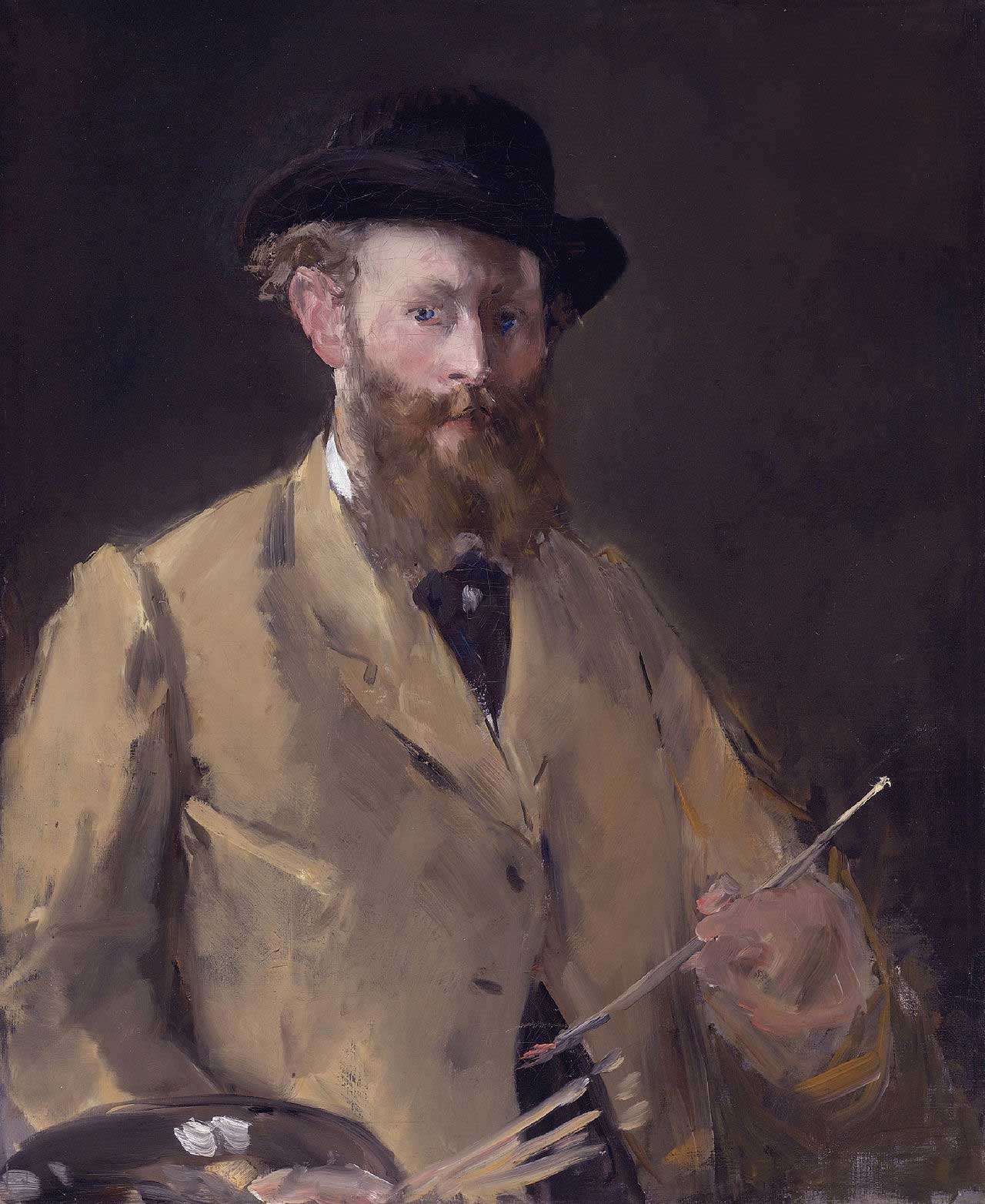
Édouard Manet, born in Paris on January 23, 1832, emerged as one of the most pivotal figures in the evolution of modern art. His early rejection of traditional academic painting and embrace of Realism set the stage for the Impressionist movement. Despite facing criticism and controversy for his unconventional techniques and subjects, Manet's works like "Olympia" and "Le Déjeuner sur l'herbe" are celebrated for their groundbreaking approach to depicting modern life.
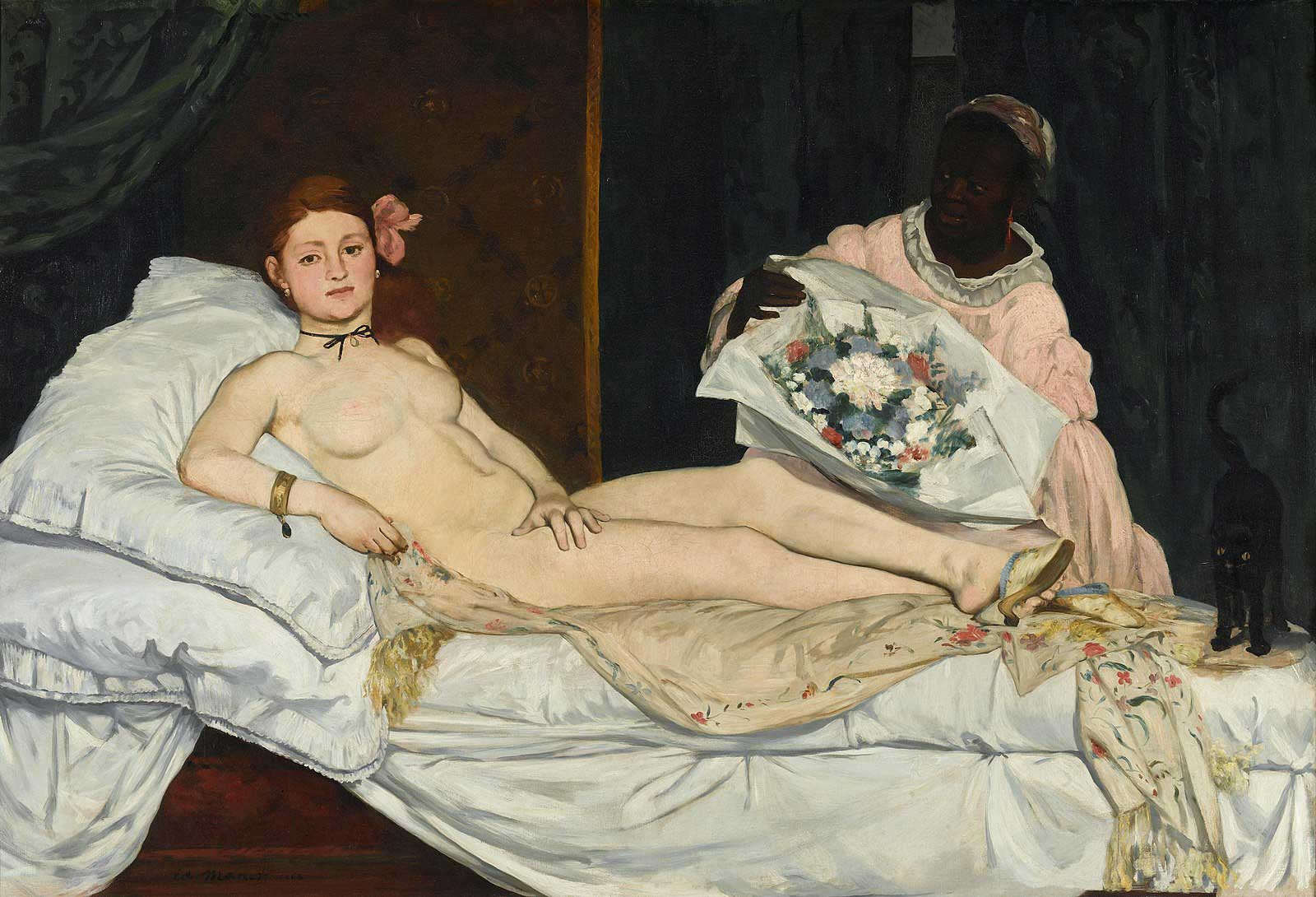
Olympia
Édouard Manet, 1883
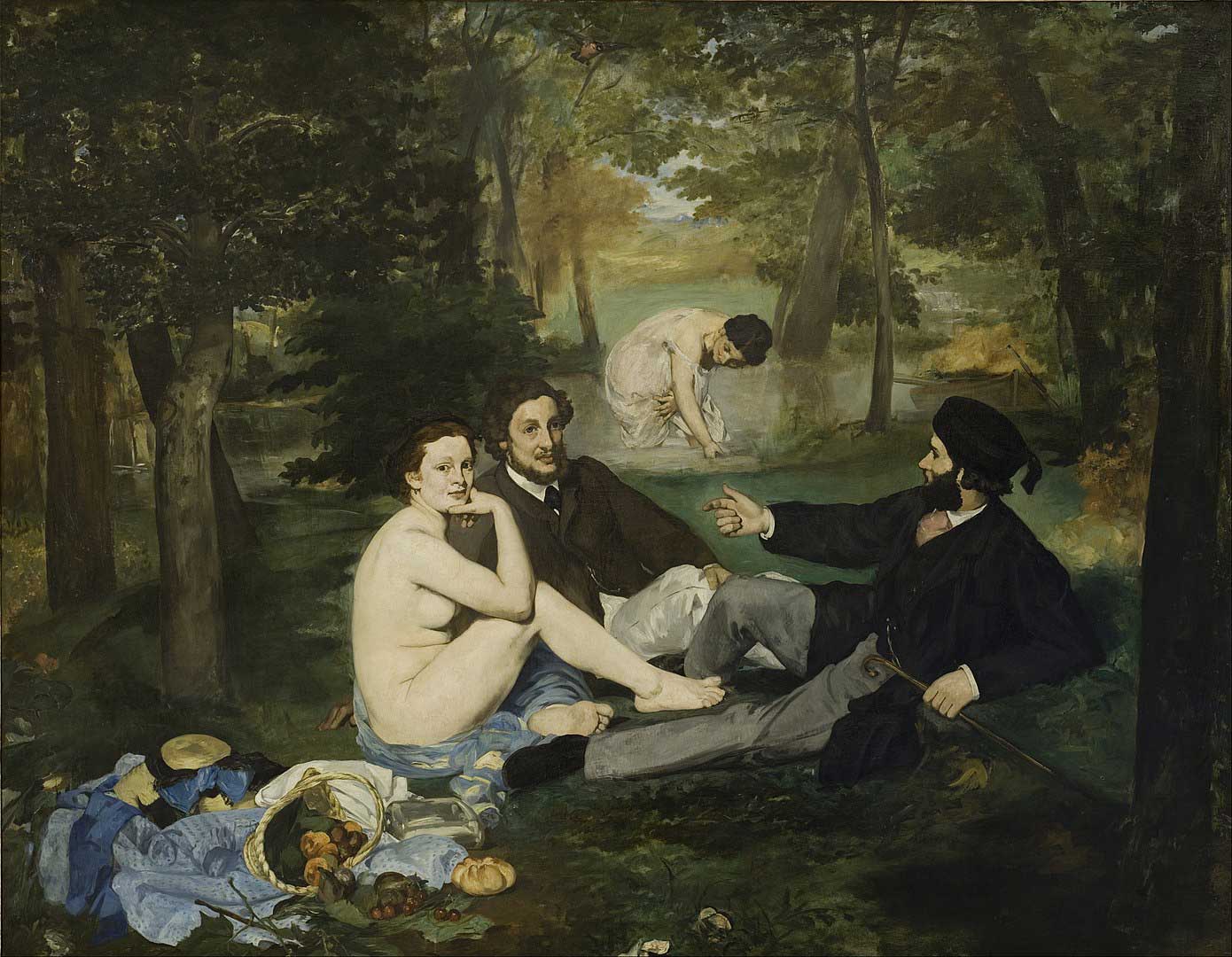
Le Déjeuner sur l'herbe
Édouard Manet, 1883
Manet's connection to the vibrant café culture of Paris was profound and deeply influential to his work. As a regular of places like the Café Guerbois and the Café de la Nouvelle Athènes, Manet was at the heart of Paris's artistic and intellectual circles. These cafés were not just spots for leisure but intellectual arenas where ideas on art, politics, and society bubbled over cups of coffee and glasses of absinthe.
At the Café Guerbois, Manet engaged with the likes of Emile Zola, Claude Monet, and Pierre-Auguste Renoir, debating and discussing the future of art. These interactions were crucial, fostering a culture of artistic exchange and debate that was central to the development of Impressionism. Manet's leadership and charisma made him a central figure in these discussions, influencing and shaping the artistic direction of his contemporaries.
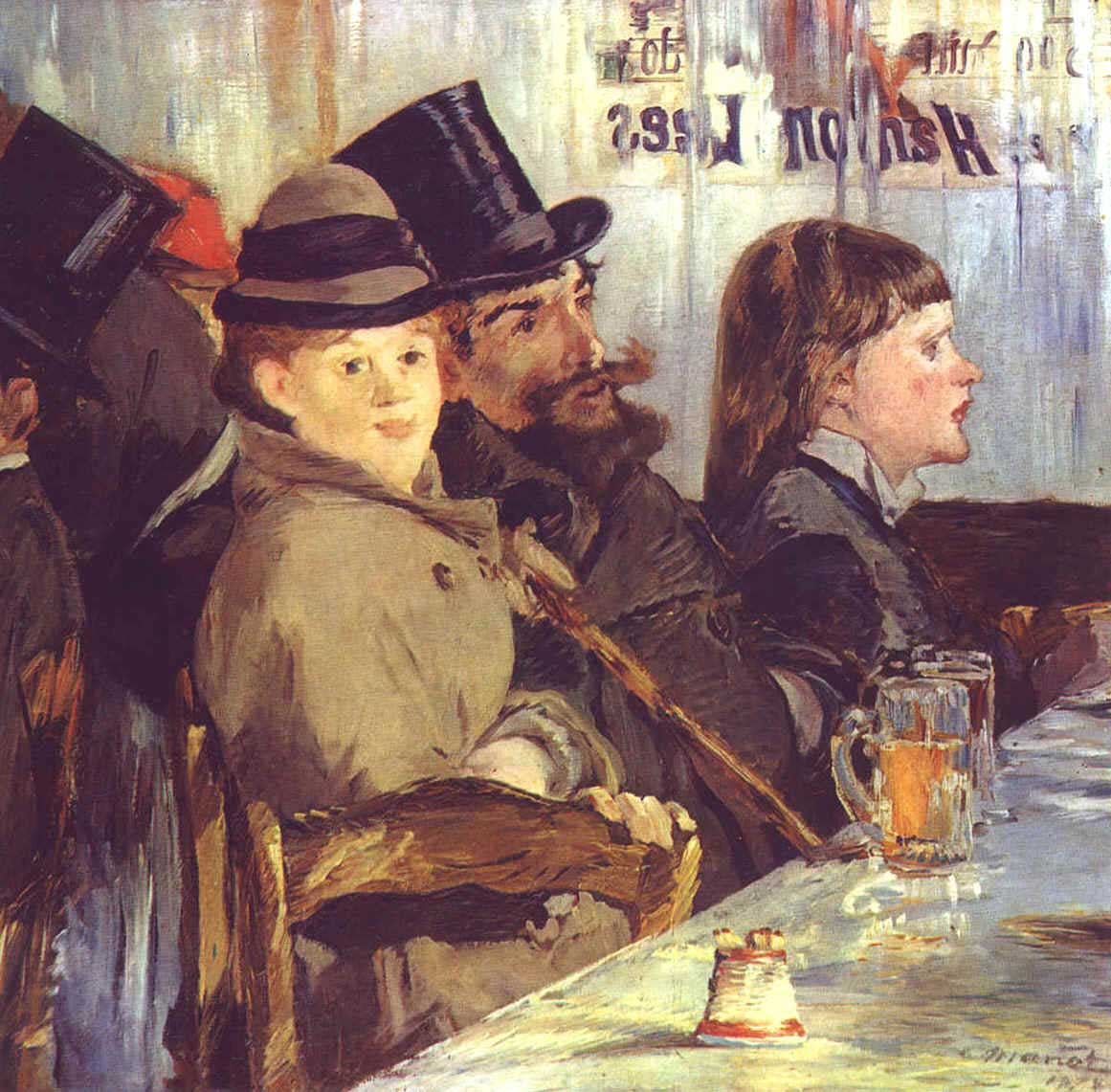
At the Café
Édouard Manet, 1878
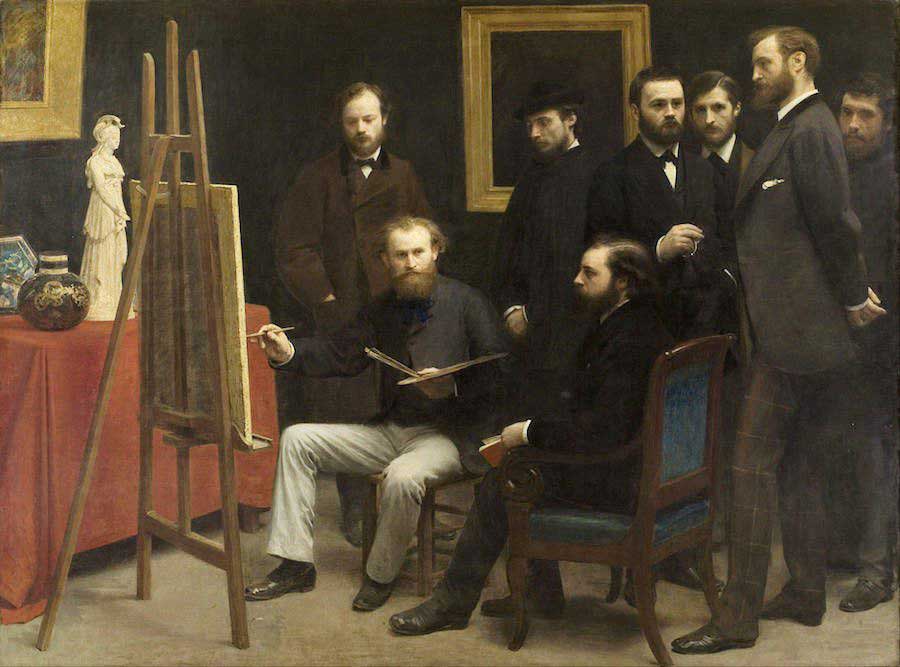
A Studio at Les Batignolles
Henri Fantin-Latour, 1870
(Manet is seated in front of the easel surrounded by his contemporaries including - Auguste Renoir, Emile Zola, Claude Monet and others.)
Beyond the café scene, Manet was an extraordinary observer of life. He had the unique ability to capture the essence of his subjects, whether it was the bustling streets of Paris, the serene flow of the Seine, or the intimate moments of daily life. Manet's sketches of people, animals, still lifes, and nature reveal his keen sense of awareness and deep connection with his surroundings. This observational skill was not confined to visual accuracy alone but extended to capturing the mood, light, and atmosphere, making his paintings evoke a sense of immediacy and presence.
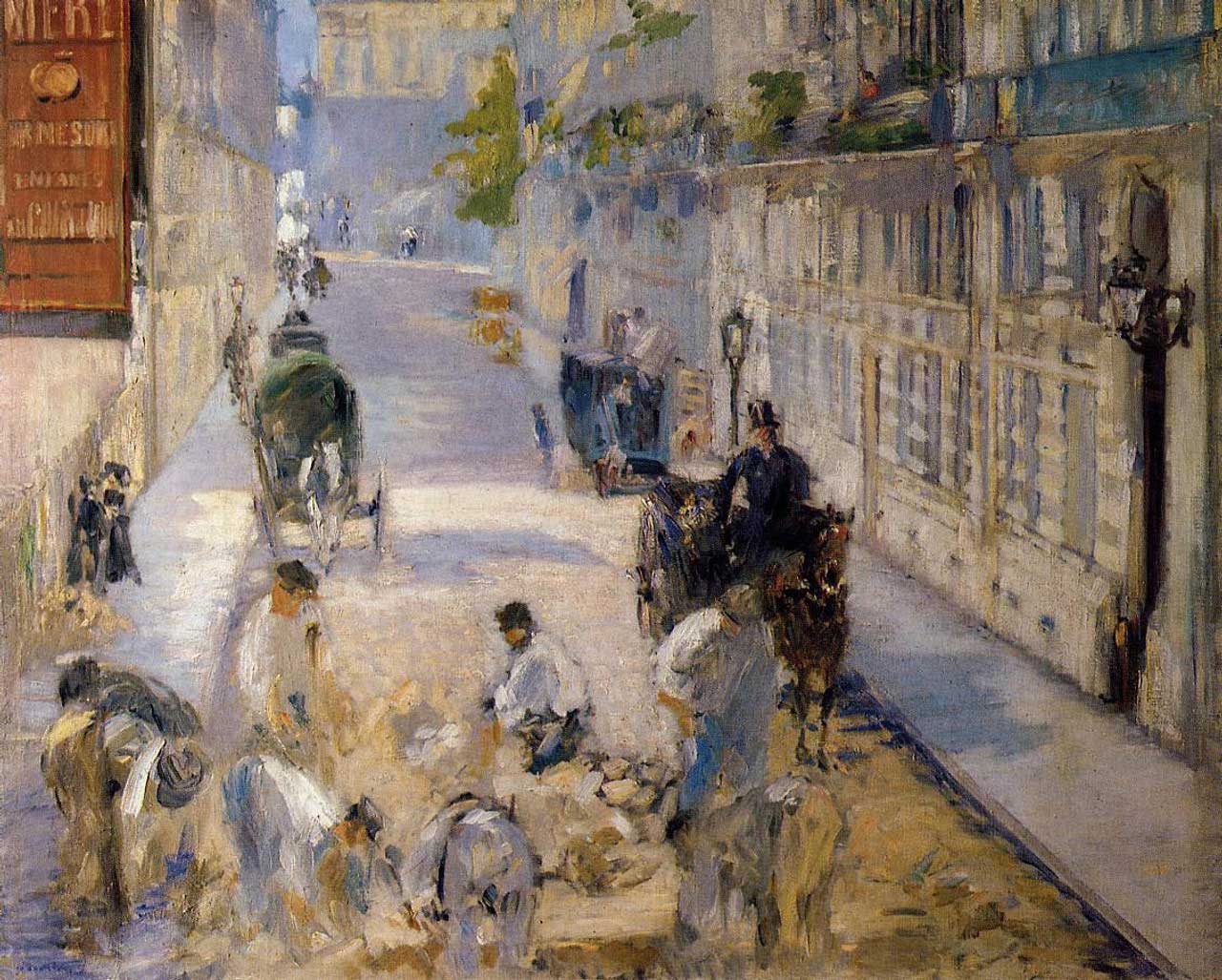
Road-menders in the Rue Mossnier
Édouard Manet, 1878
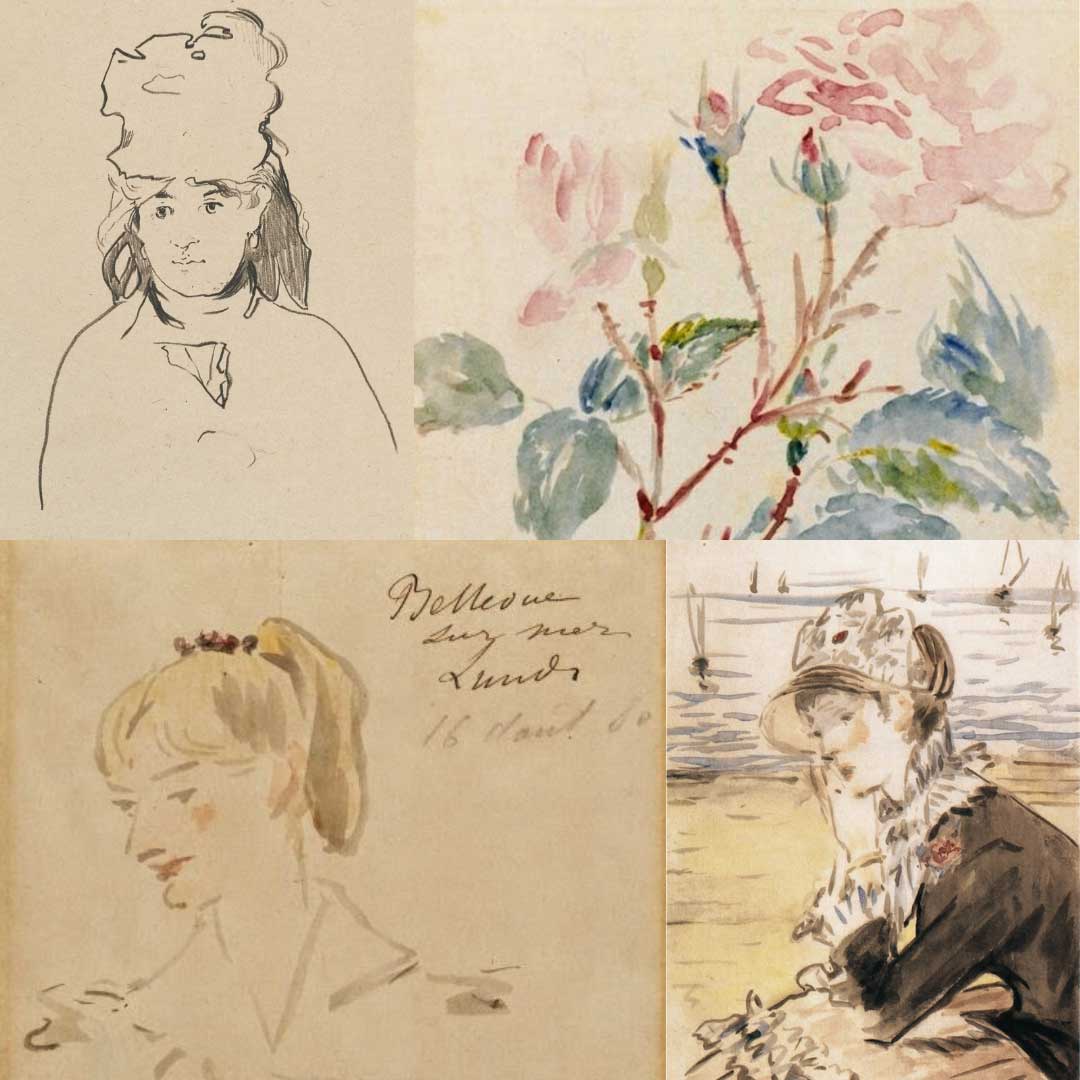
Various sketches
Édouard Manet
Manet's engagement with café culture and his broader environment fueled his ideation process. The discussions he participated in, the scenes he observed, and the people he interacted with were all sources of inspiration. This rich tapestry of experiences allowed Manet to create a diverse body of work that varied not just in medium but in style and technique as well. From the delicate details of "The Balcony" to the bold and elaborate execution of "A Bar at the Folies-Bergère," Manet's versatility was unparalleled. His ability to innovate and experiment, drawing from his surroundings and the people he met, was a testament to his genius.
Manet's keen sense of awareness, coupled with his deep connection to the café culture and the broader social milieu of Paris, made him a master of ideation and creativity. His work reflects a profound understanding of the human condition, captured through the lens of modern life. As an observer, a conversationalist, and an innovator, Manet harnessed the vibrant energy of Paris to create works that were not only visually striking but rich in content and context.
In conclusion, Édouard Manet's life and art were deeply intertwined with the café culture of Paris. These spaces of social and intellectual exchange were instrumental in shaping his artistic vision. Manet's legacy is not just in the works he left behind but in his approach to art and life—observant, engaged, and always open to the new and the novel. Through his paintings, we continue to experience the vibrancy of Parisian life and the richness of its café culture, seen through the eyes of one of its most illustrious observers.
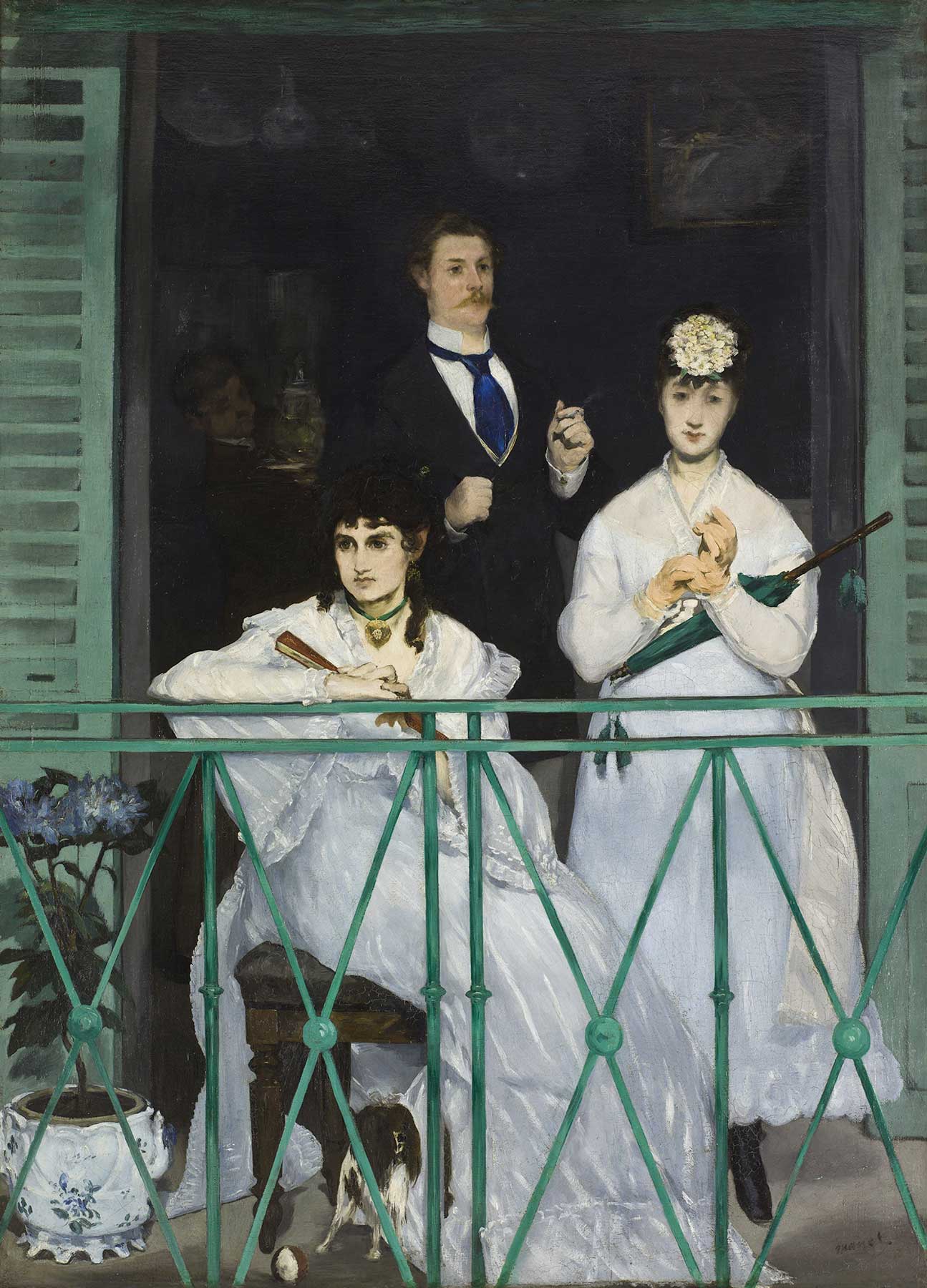
The Balcony
Édouard Manet, 1869
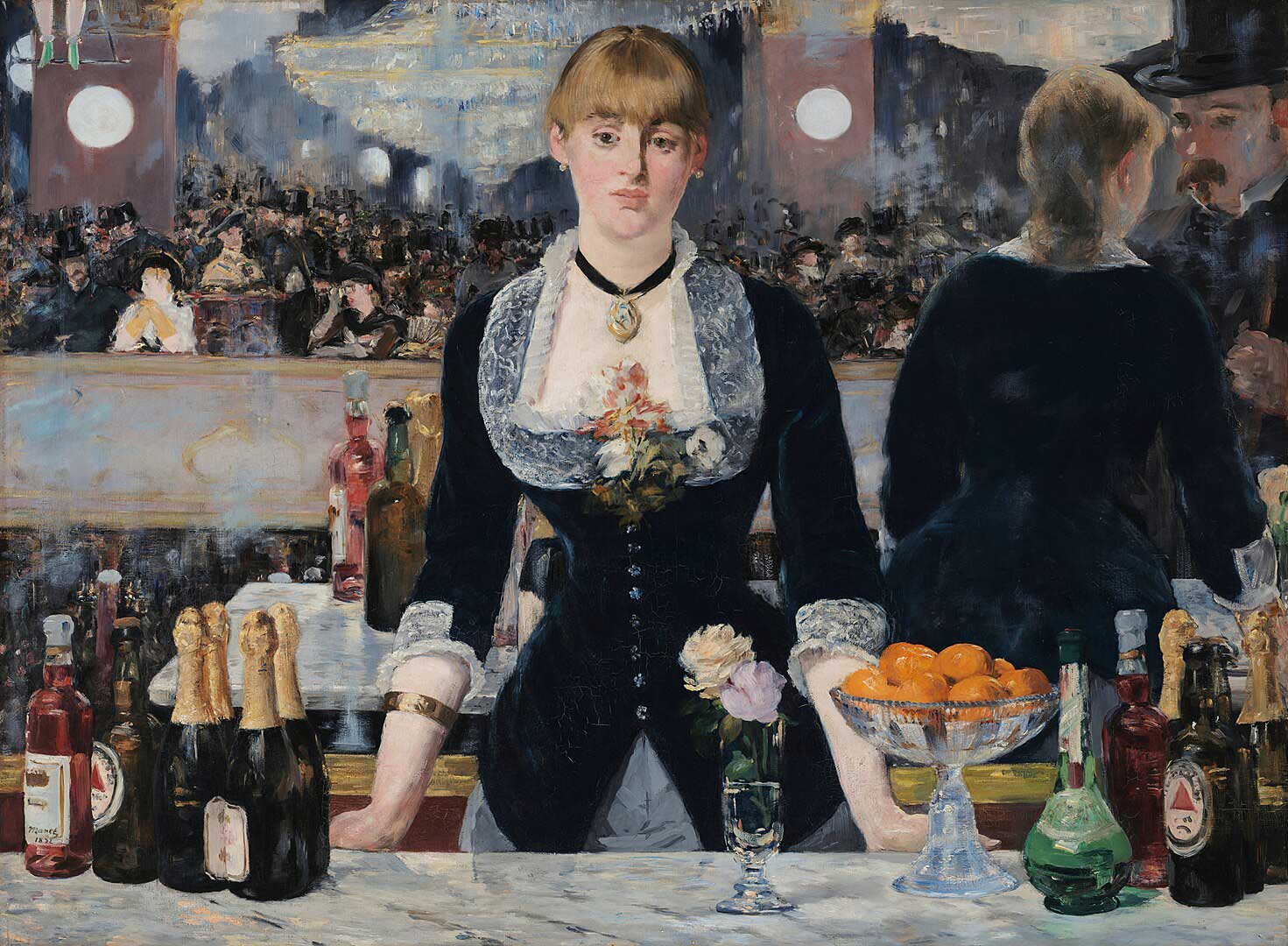
Un Bar aux Folies-Bergère
Édouard Manet, 1882
I love cafes. My dear friend, Philip, now on another plane, referred to cafes as "the third place." There's home, work and the cafe. I live in a small town in the mountains and for awhile there was only one cafe. Suddenly, we have five cafes! I couldn't be happier. Ambience, connecting with friends and strangers, sitting by a fire place in winter, sitting in front of a window and watching the world go by. Discovering a new cafe anywhere in the world feels like coming home when you are traveling. As an artist, the cafe is a place to soak up inspiration--overheard conversations, unfamiliar faces, welcoming seating arrangements and interesting decor add to the flavor. - Christine O'Brien
Well I think for creatives there is a love of observing people and places, in a cafe you see such a variety of figures. Those alone who may be engrossed in their phone, computer, or a book. A couple of friends who may be quietly sharing about their hard times or a gaggle of laughing friends sharing about better times. You see old face and new faces; it’s all there and it can look different every time you go. They are often in old buildings with lots of character too. Finally there is something about caffeine that brings everyone to life, lol. - Kim Carnes Gardner
I love small cafes. When my hubby and I lived in State College - the home of Penn State University, we would love to walk when it was snowing out, because everything looked magical. We would head to the local used book store/cafe. It was filled with twinkling fairy lights and a plethora of reading material on every subject. I would bring my latest knitting project and just people watch, while my hubby searched the stacks of books for his next read. We sipped our coffees and felt a sense of calmness. Maybe it was the snow, or the students or the books, but we loved everything about it. I still love cafes, but now we need to travel into Savannah to enjoy all that great coffee youthful energy. We have a favorite cafe that is filled with students from (SCAD)Savannah College of Art and Design. It is filled with old comfy furniture and yummy homemade desserts and sandwiches. The walls are decorated with artwork from SCAD students. Unfortunately we cannot walk there, but we go there as much as we can! - Lynn Lally Nasal
I love the warm inviting feeling of going into a cafe. The blend of the aroma, sounds and sights of color. So exciting and beautiful!! - Jodi York
I love small cafés, they feel inviting, cozy and the smell of the freshly brewed coffee is so alluring! There’s always so much to observe or overhear, I just love soaking it all in. They are so great for people watching and urban sketching. Some of the best colour palettes I’ve seen recently have been the combination of outdoor clothing of café patrons and the lush interiors. It’s a home from home. Wherever you are in the world a nice café always has a welcome for you… as well as a great coffee - Nikki Farquhar
My favorite cafes are family businesses. They offer homemade pastries, delicious lattes and baked goods, and are located near fun boutiques. - Barbara Haberkorn
I used to love going to cafés when I lived in Europe, probably because it’s so different from American culture . It’s such a great place to people watch, gather with friends, and in many cases, admire the architecture of buildings or street scenes. - Ruth Guthrie
Most cafe represent small business. What better way to support them in sipping a coffee, eating yummy baked goods and people watch. Also, usually have such interesting, local decorations. - Carol Miller
A cozy cafe embodies the spirit of community, of belonging. A place to linger, to stop rushing…a place to take a breath. The sweet aroma of coffee and fresh baked goods combine to create a feeling of being valued and taken care of. - Kathy Heimbach Russo
As with our writing prompt, these sketchbook prompts challenge you to get out and explore a local café or cozy bistro but if you are unable to do this you could work at home from photos too!
Sketch the various patrons in the café, paying special attention to their expressions, gestures, and interactions. Imagine their stories or the conversations they might be having. Try to convey their personalities through quick, expressive sketches, using minimal lines but focusing on the details that capture their essence.
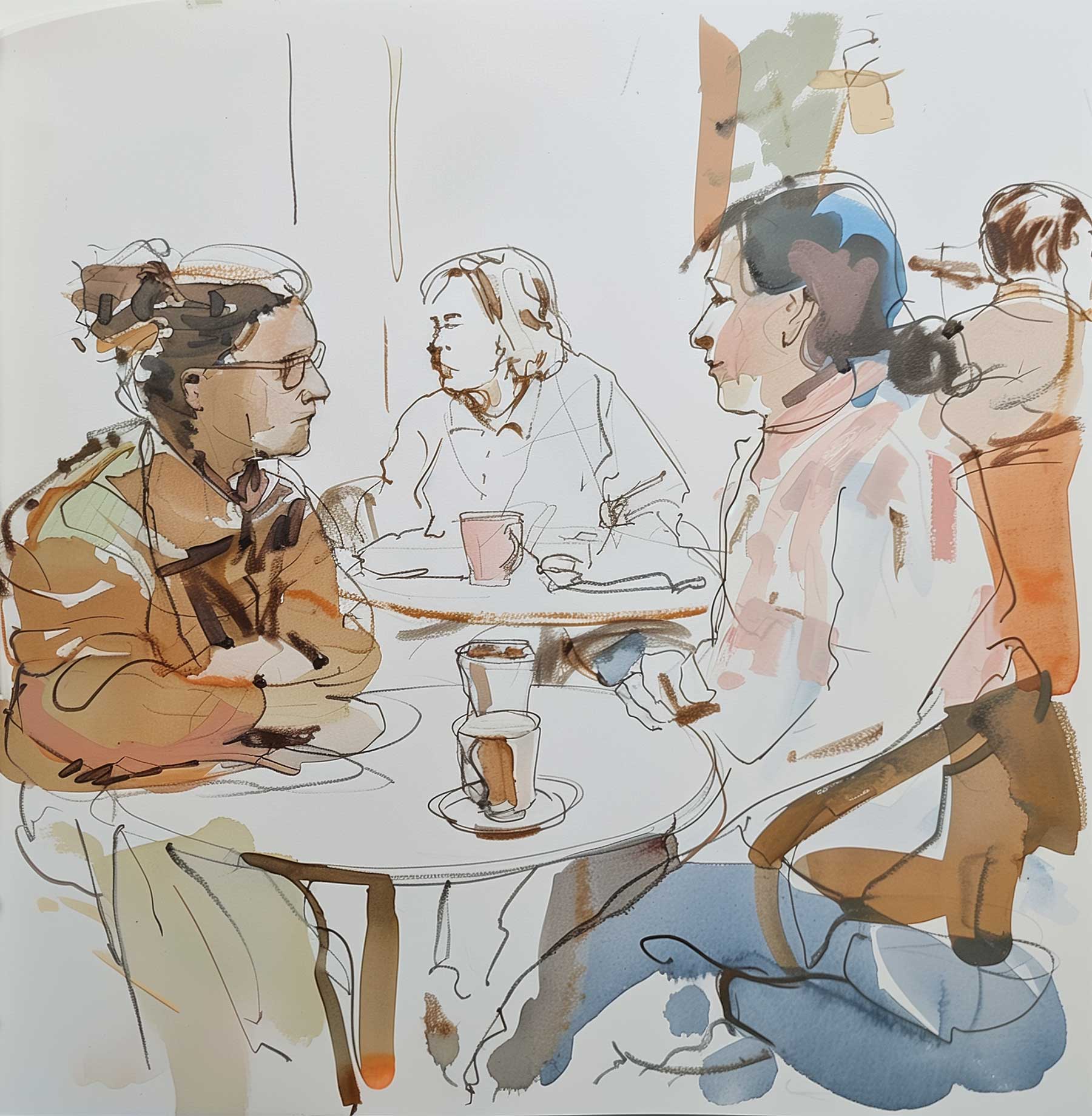
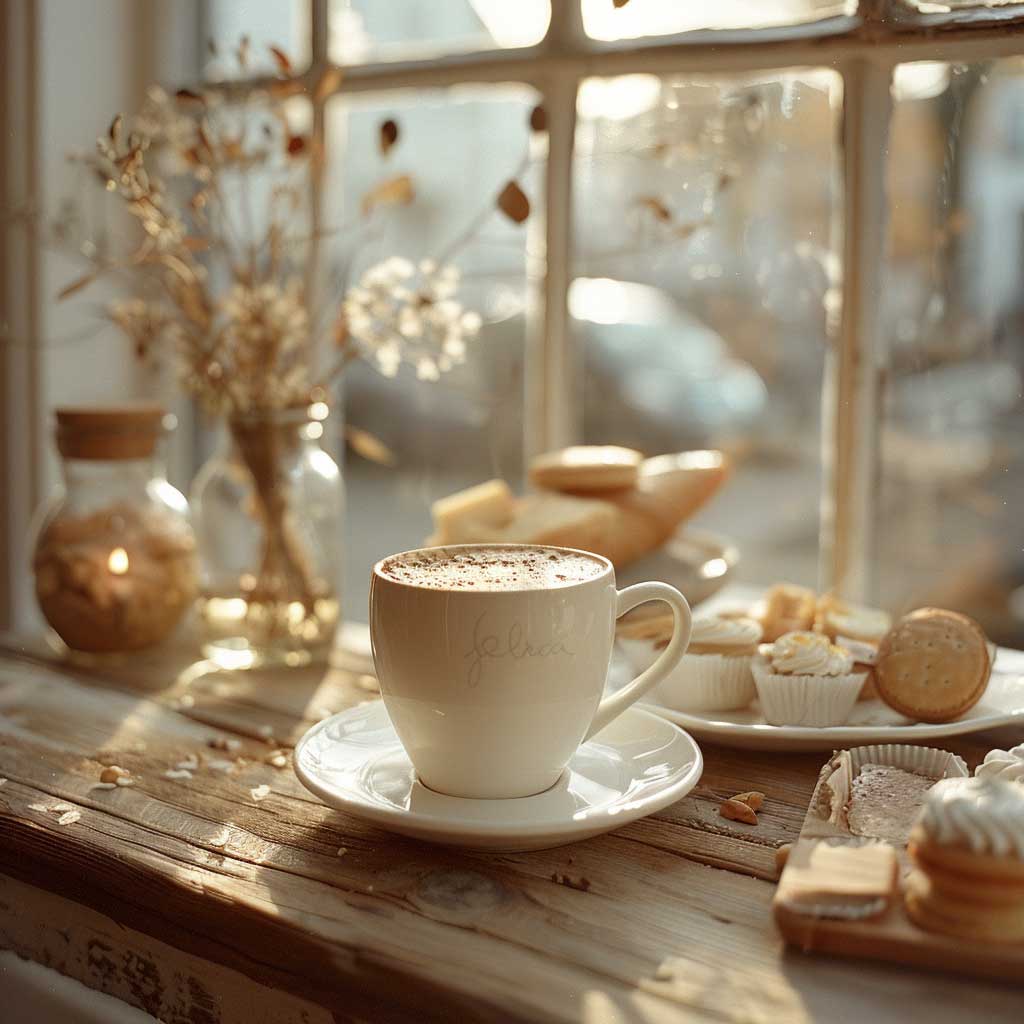
Purchase yourself a cup of coffee (or you favorite beverage) and a pastry or dessert from the café menu. Arrange them on your table with attention to composition, considering how the light highlights textures and shapes. Sketch this still life in your style using medium you enjoy.
Create a master study or a piece inspired by our monthly artist, Édouard Manet. Manet’s collection of work is vast so pick a piece that resonates with you. Remember, it’s not about creating a replica but rather that you spend time studying the piece and connecting with it. Have fun with this and reflect on how his work makes you feel and note this in your journals or sketchbooks.
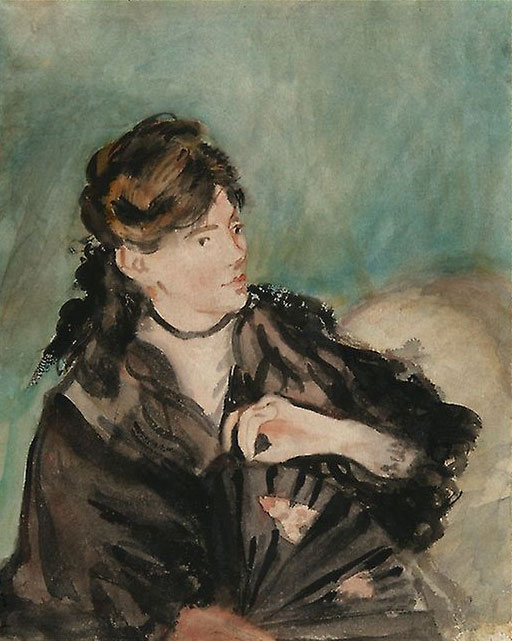
Portrait of Berthe Morisot
Édouard Manet, 1874
Now that we've explored the legendary cafés of Paris, Vienna, and beyond, I thought Yvonne's beautiful lesson, Sketching in a Coffee Shop, would be a perfect way to end this month's Studioworks Journal!
This lesson is designed to empower you to take that significant step: sketching in public. While the idea might seem daunting at first, we'll ease into it by focusing on sketching objects, making the experience enjoyable and far less intimidating.
Join Yvonne as we sketch along together, and venture outdoors to experience the exhilaration of sketching in the open air. Yvonne will share how she prepare for a sketching session in a coffee shop, from selecting the perfect spot to capturing the essence of the view that captivates her, all while guiding you through the process of creating dynamic sketches directly with a fine line pen.
You can also listen to this month’s issue of the Studioworks journal. I find I love listening to books, podcasts and music while I draw, paint or go on a long walk. Enjoy.
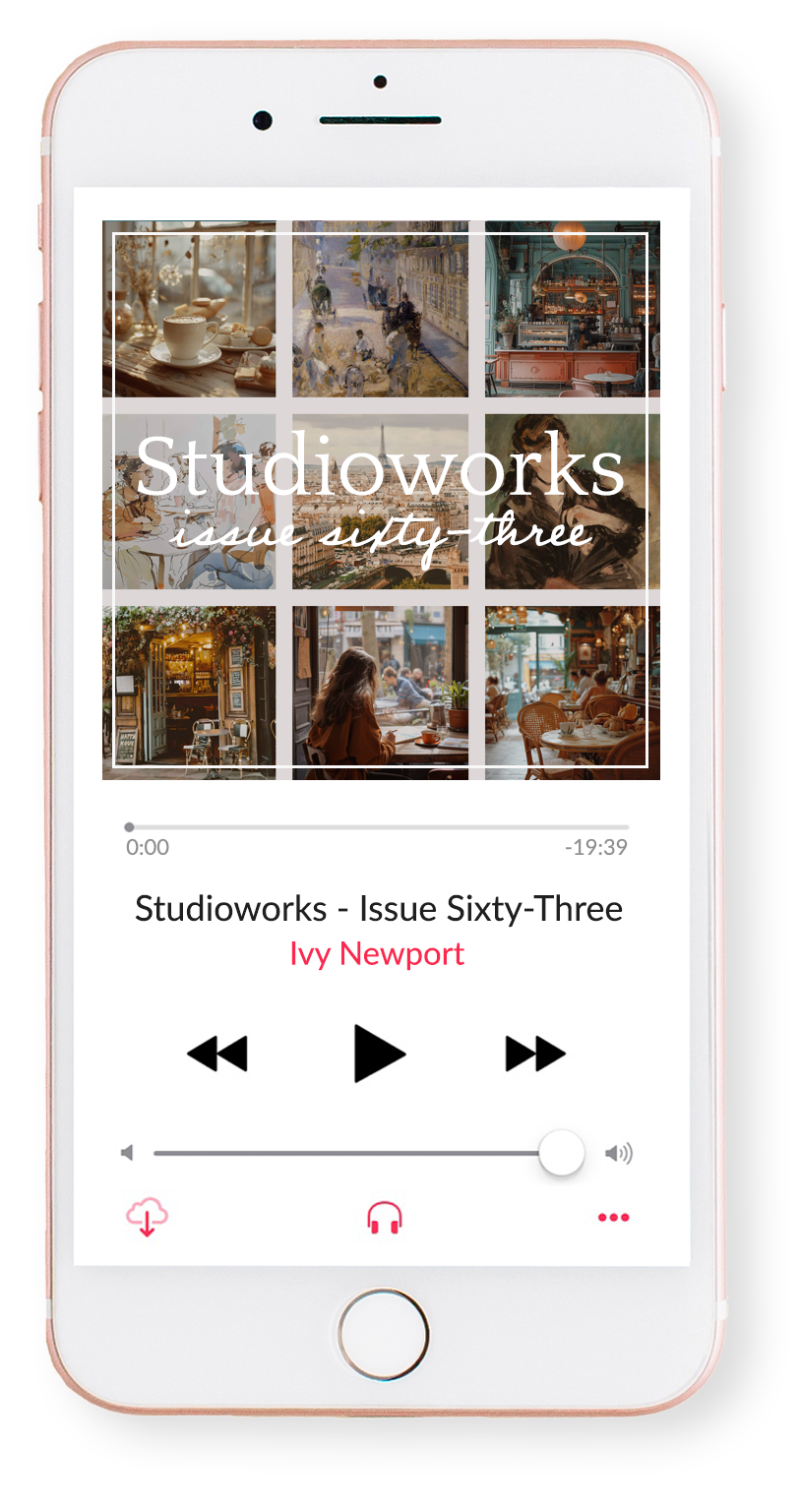

One of my favorite things to do is to curate inspiration. From Pinterest boards to books, resources, playlists and more - I love to share anything that might facilitate learning, expansion, and sparks of curiosity! Being an artist, we naturally crave these things so here are some of this month’s picks from me to you.
I had so much fun curating this list. I hope you enjoy!!
Here are just a few of our fantastic classes! I highly recommend checking them out if you haven’t already. Enjoy!